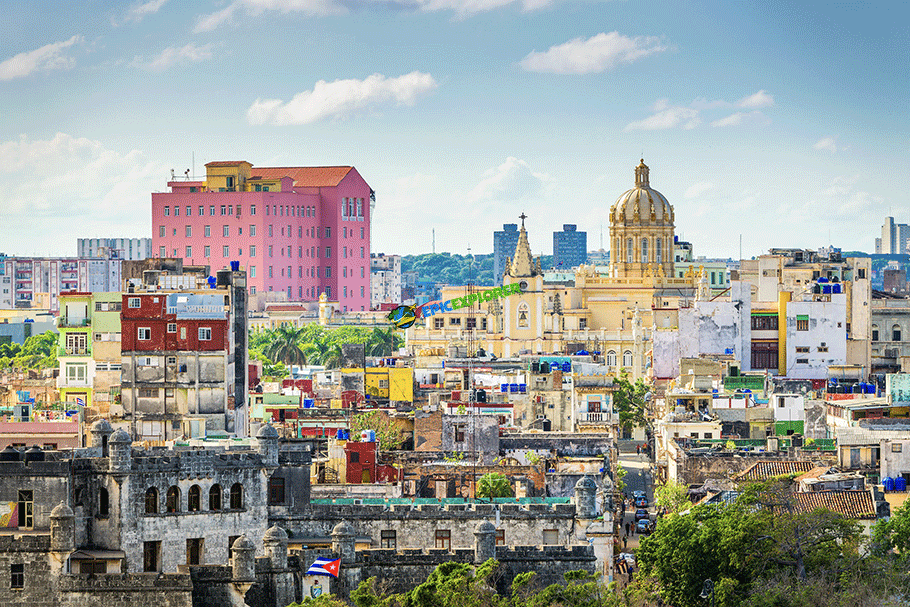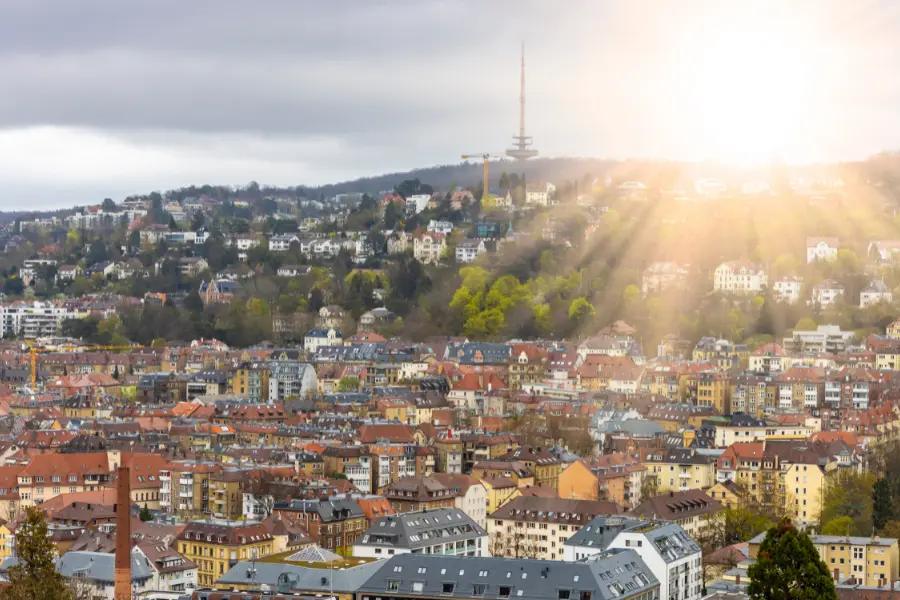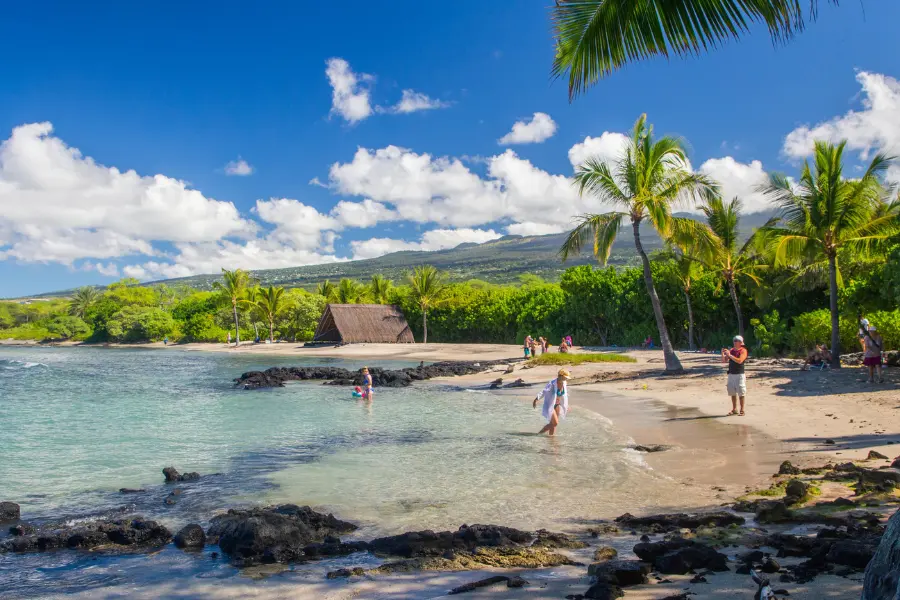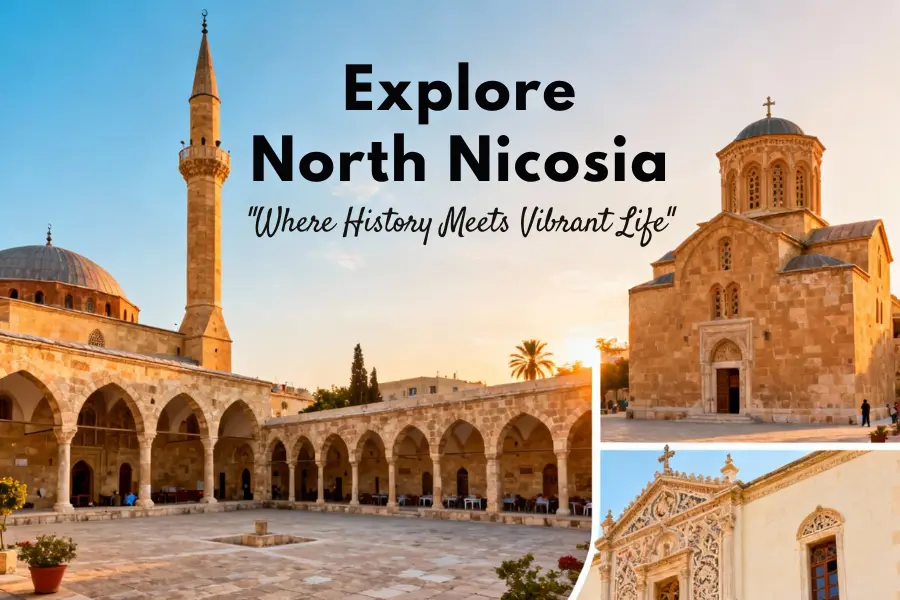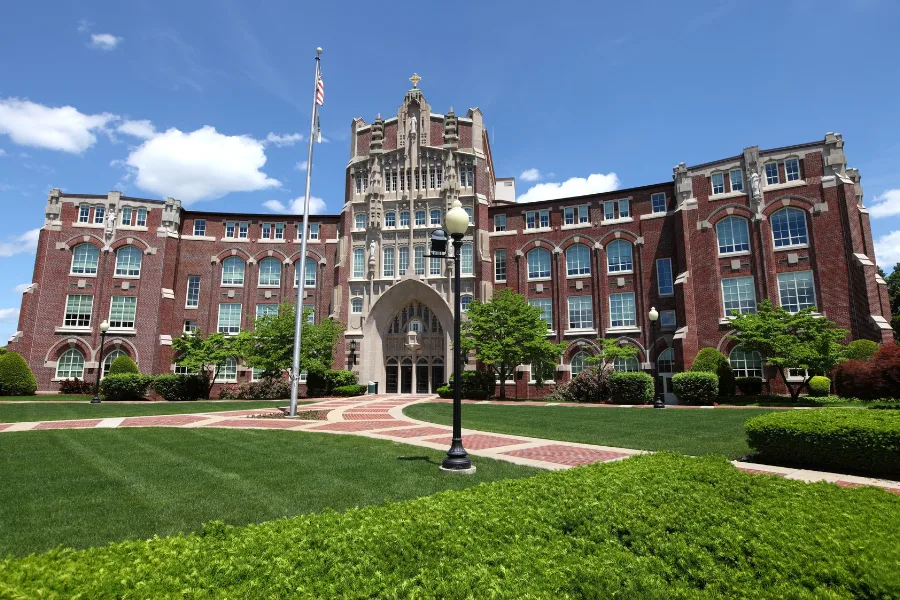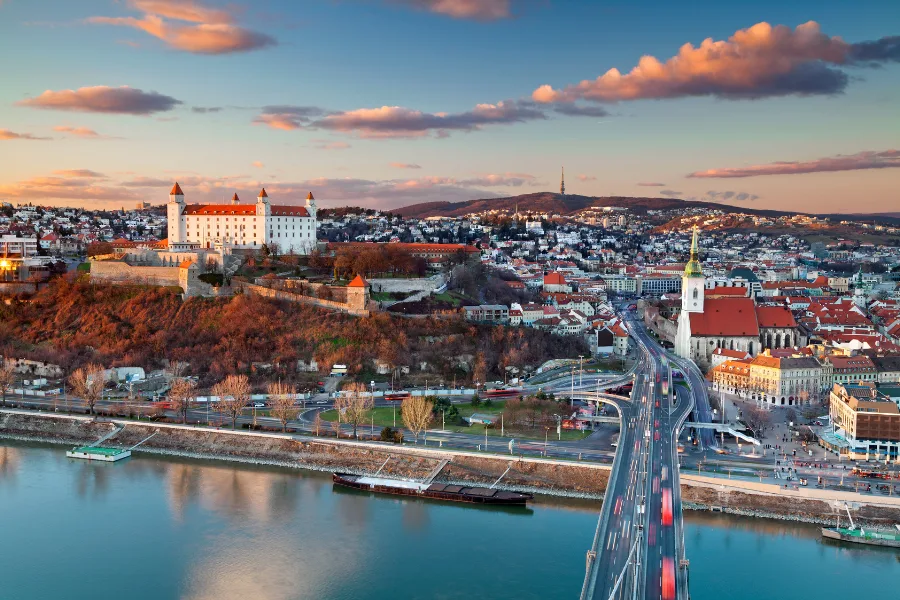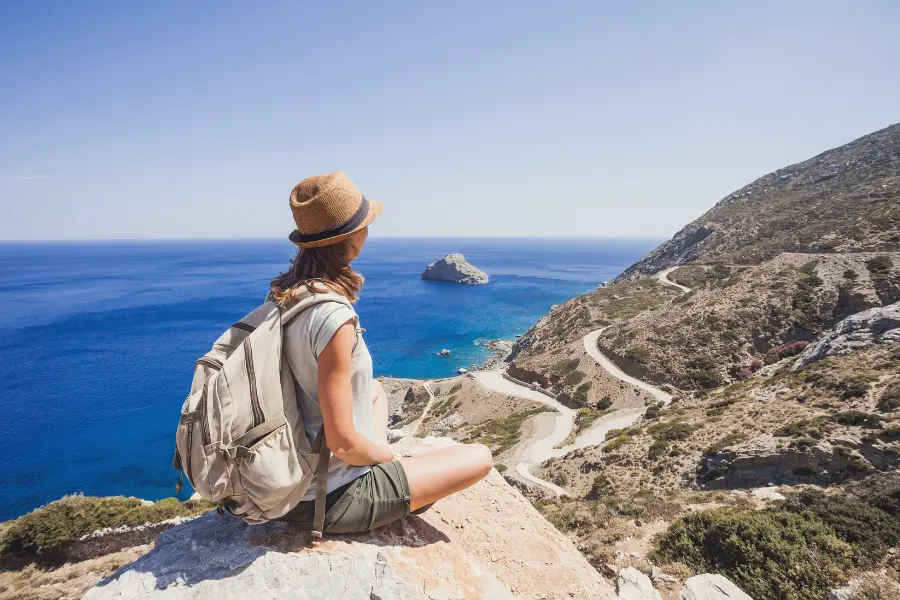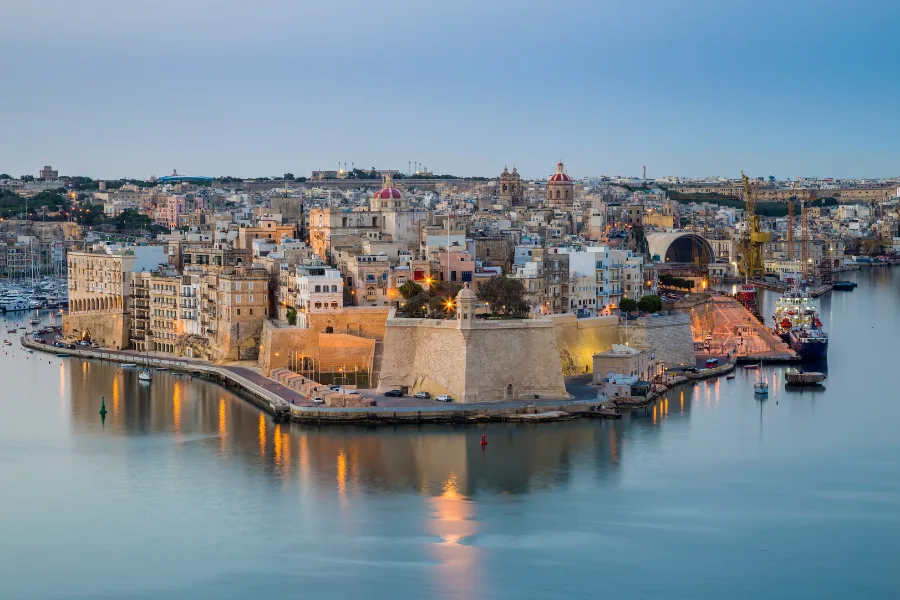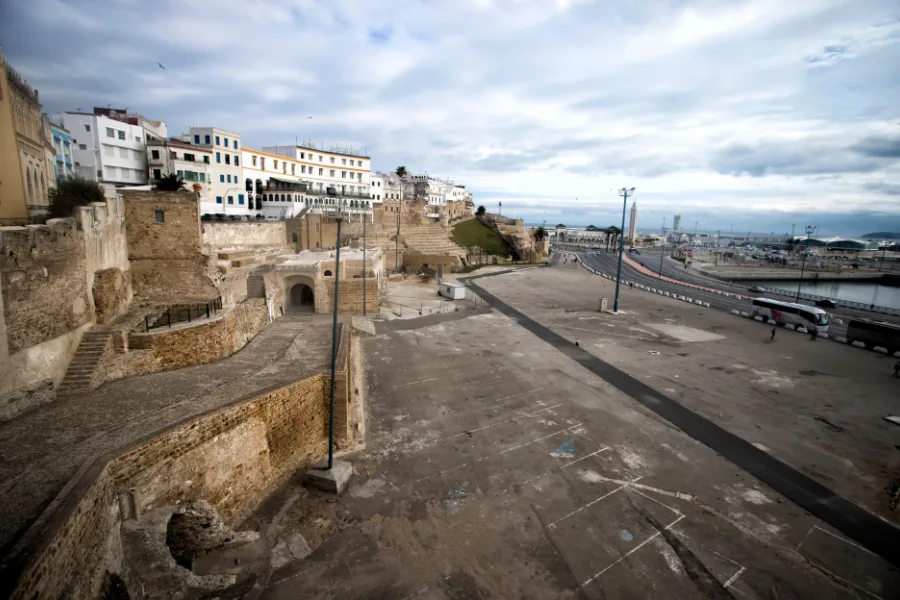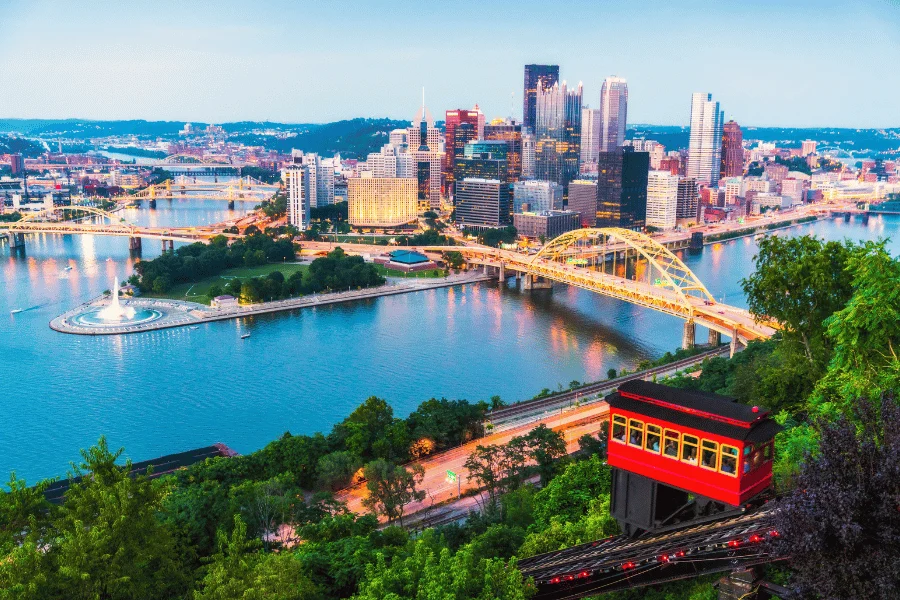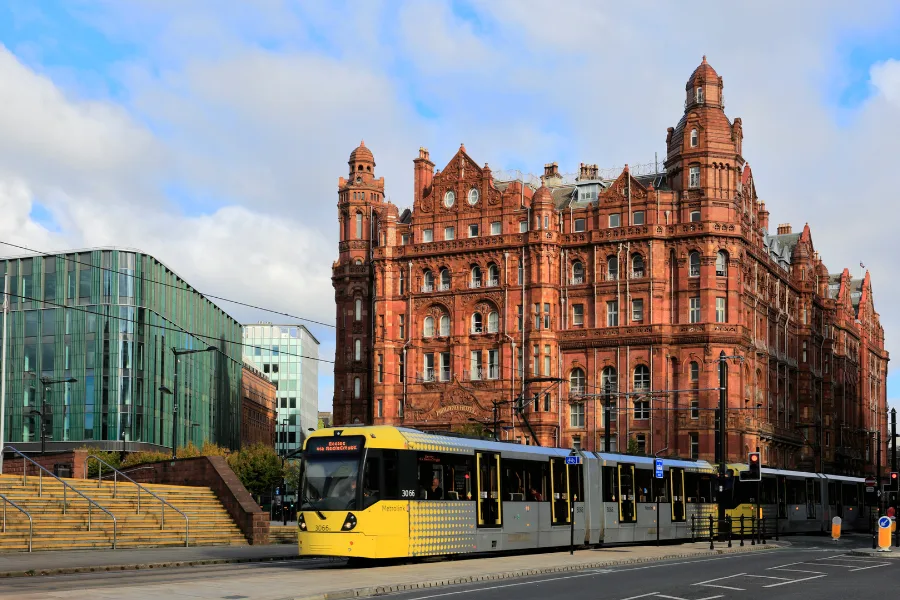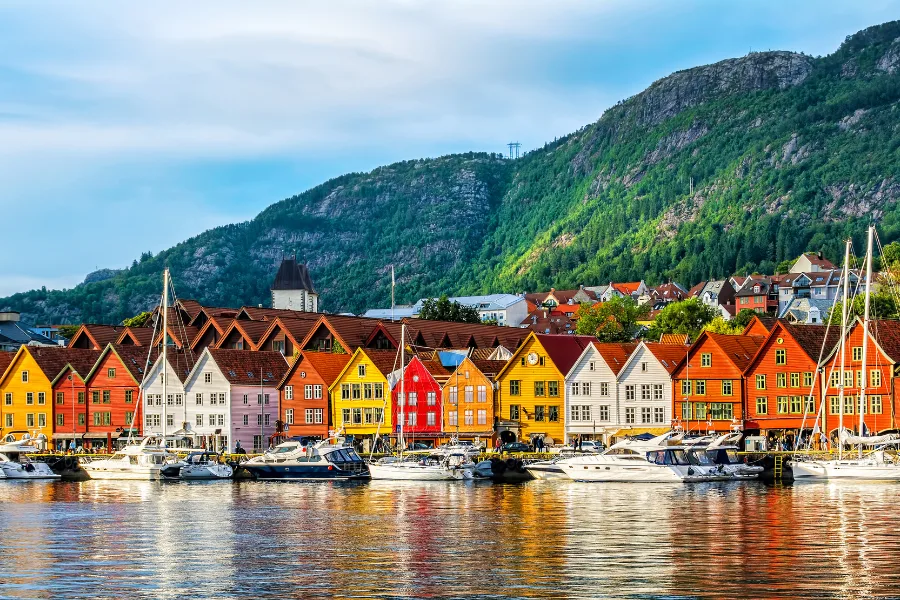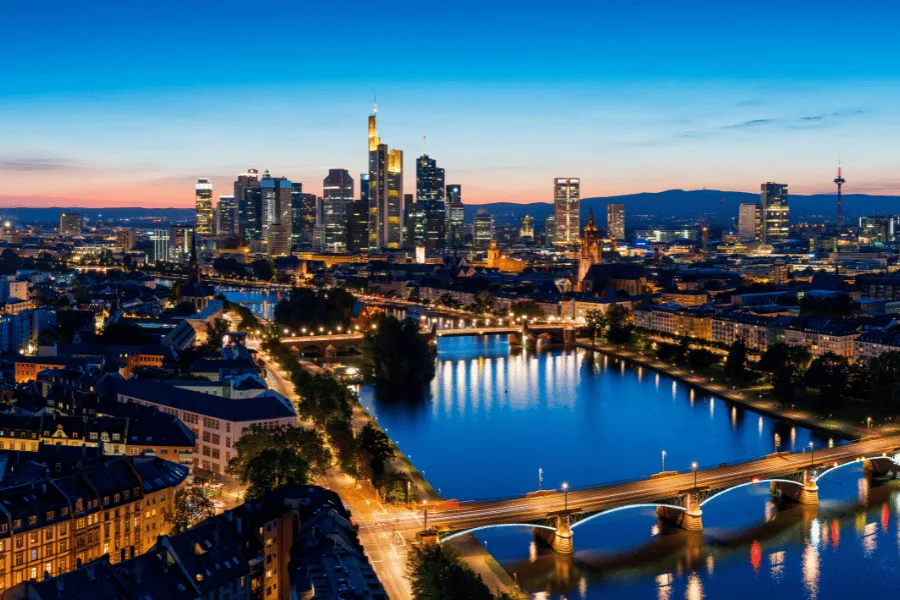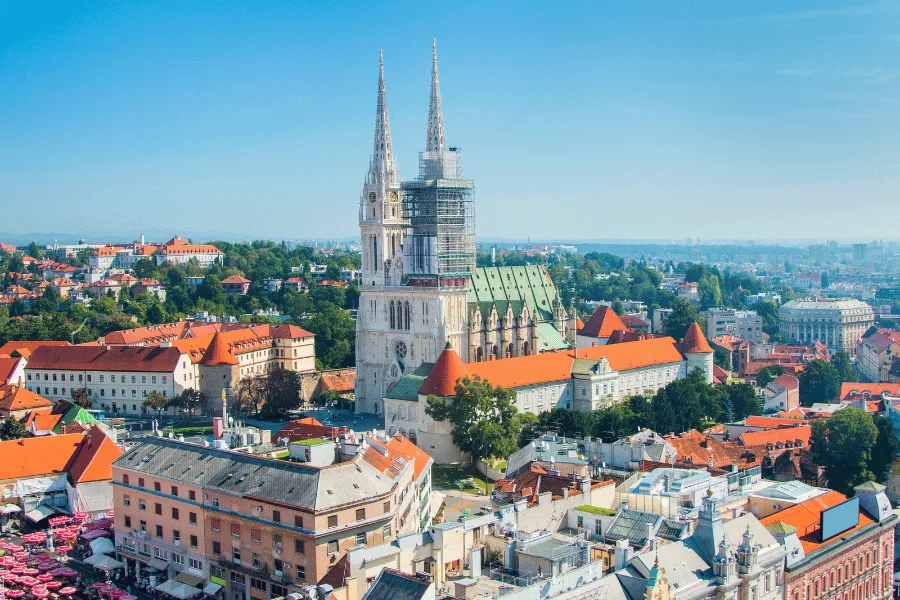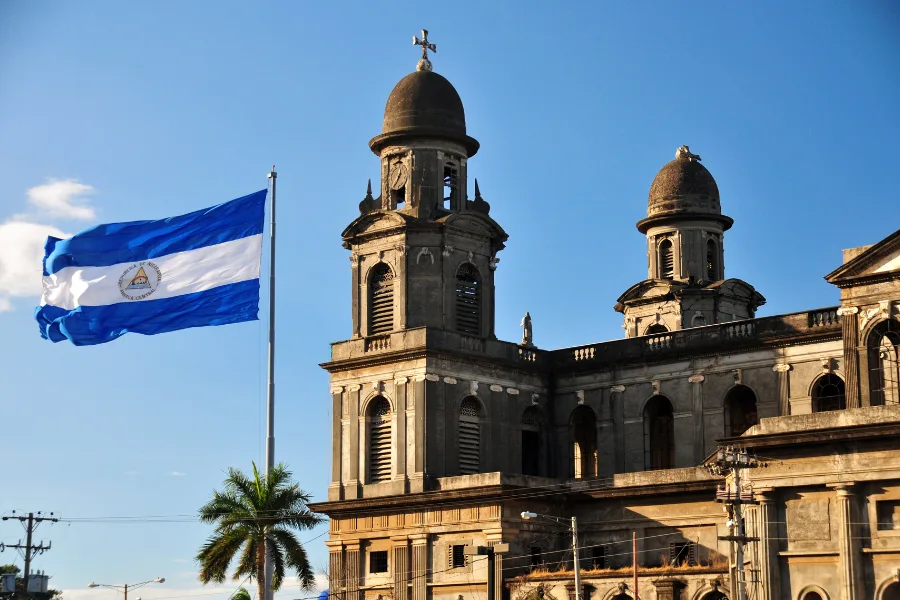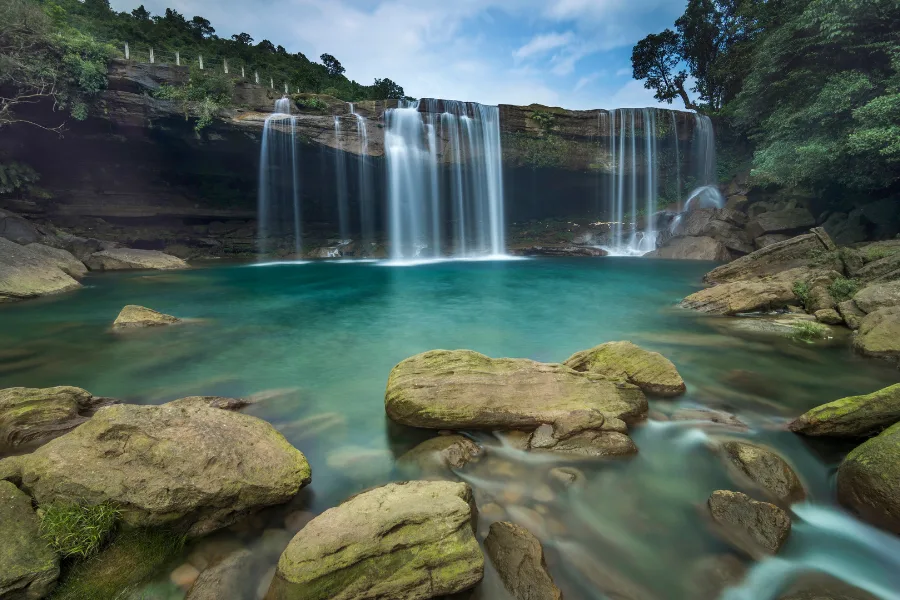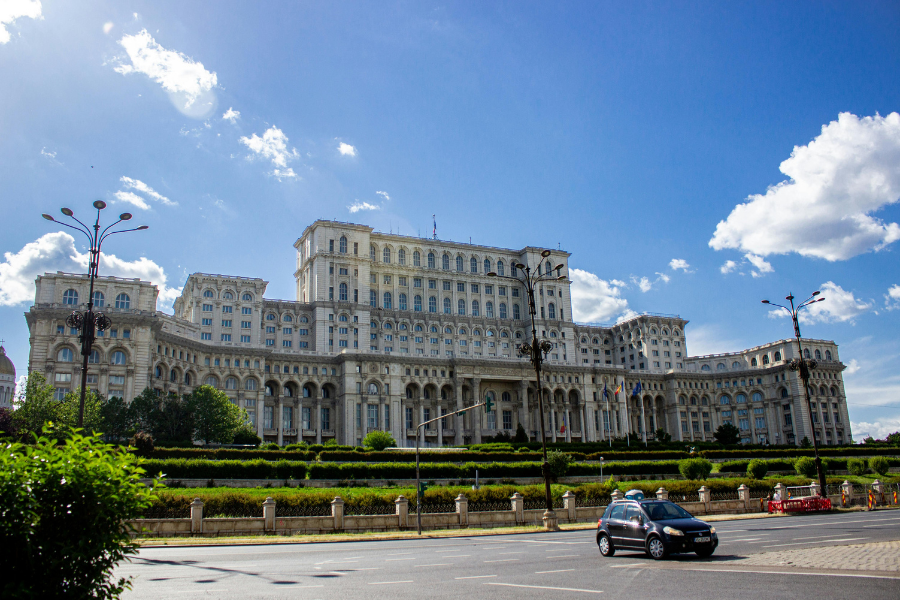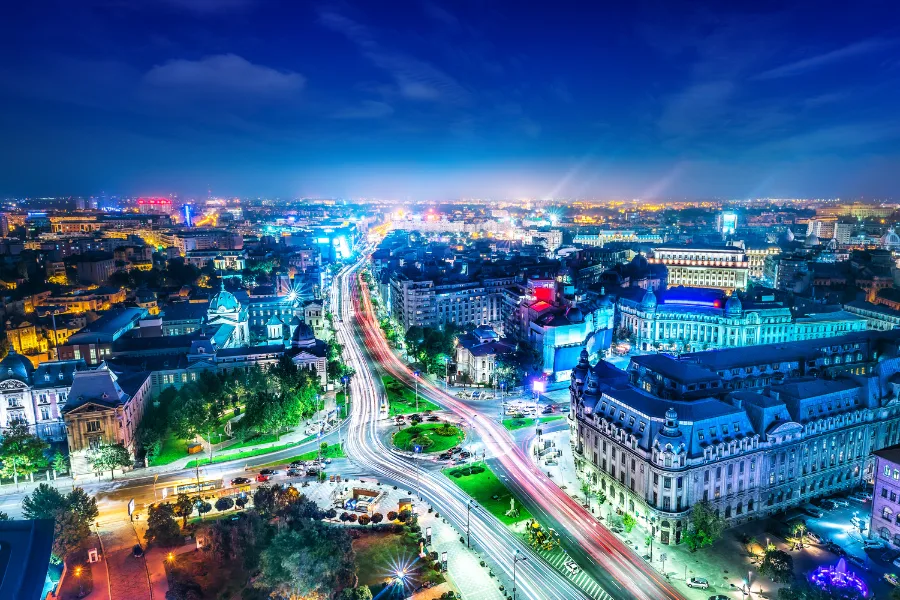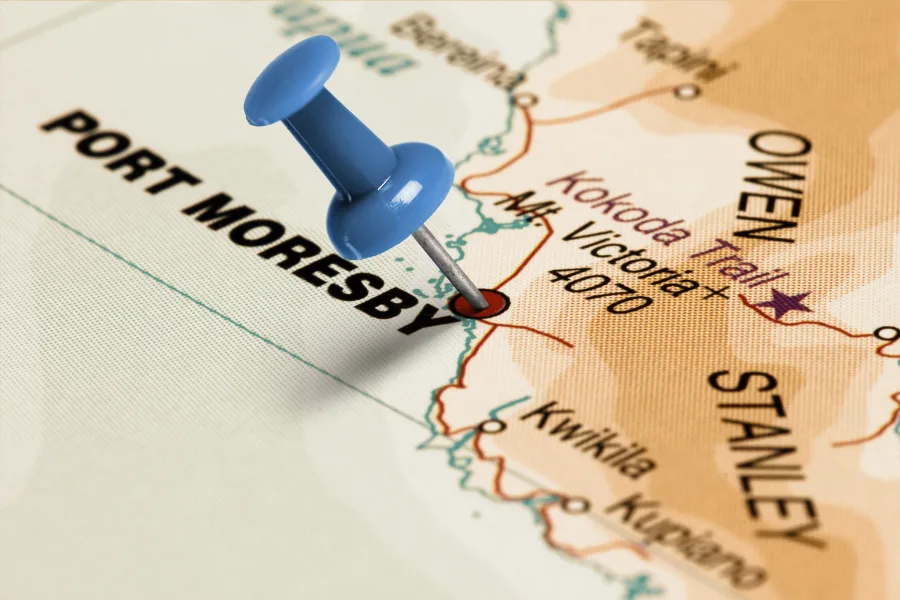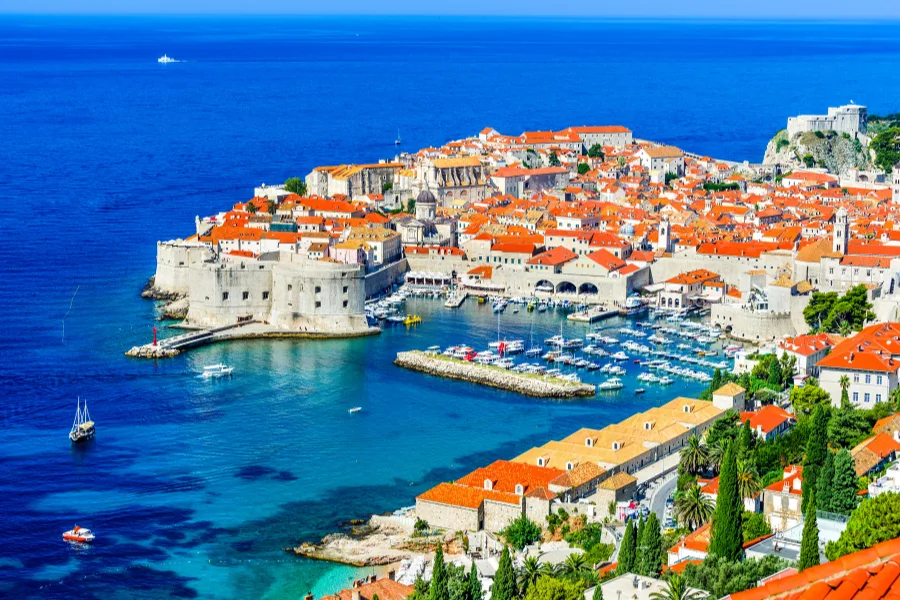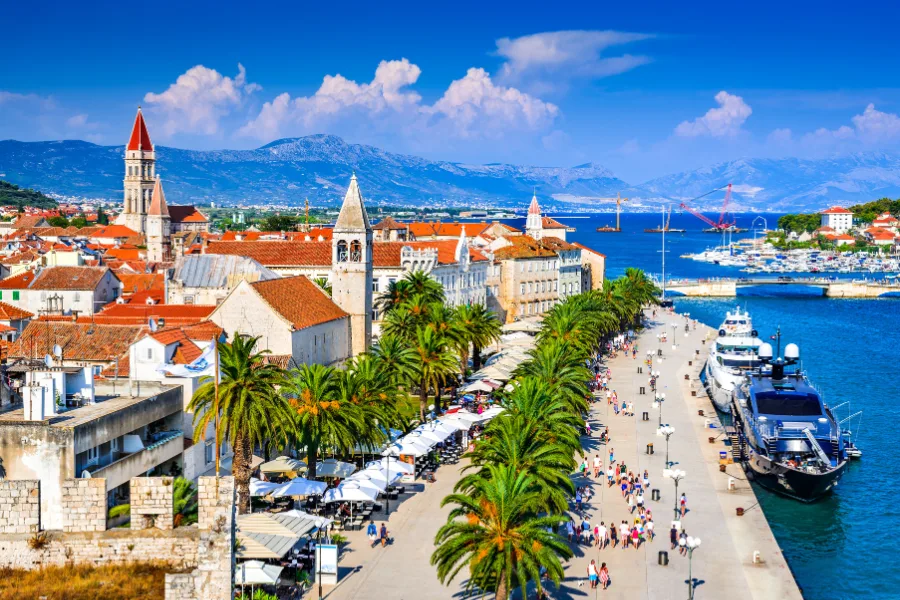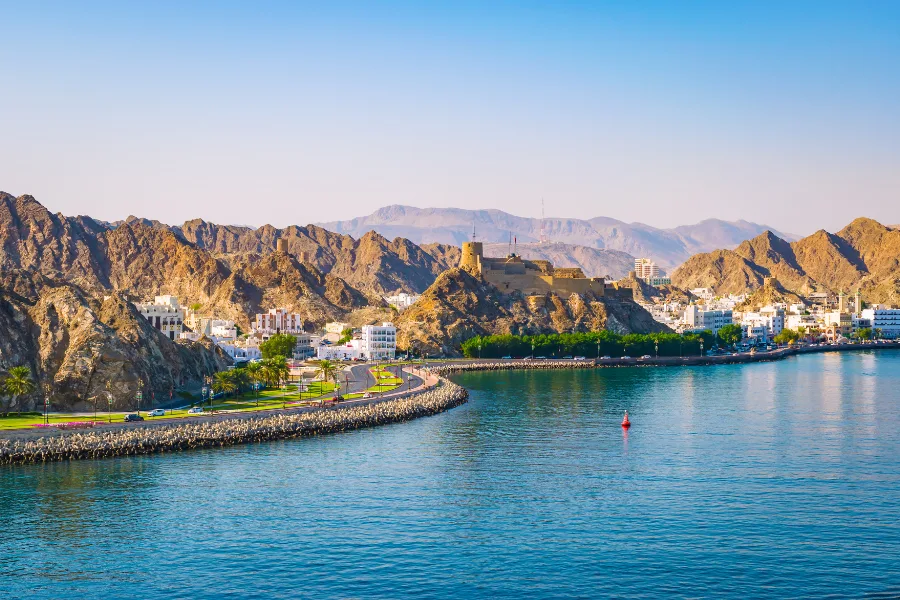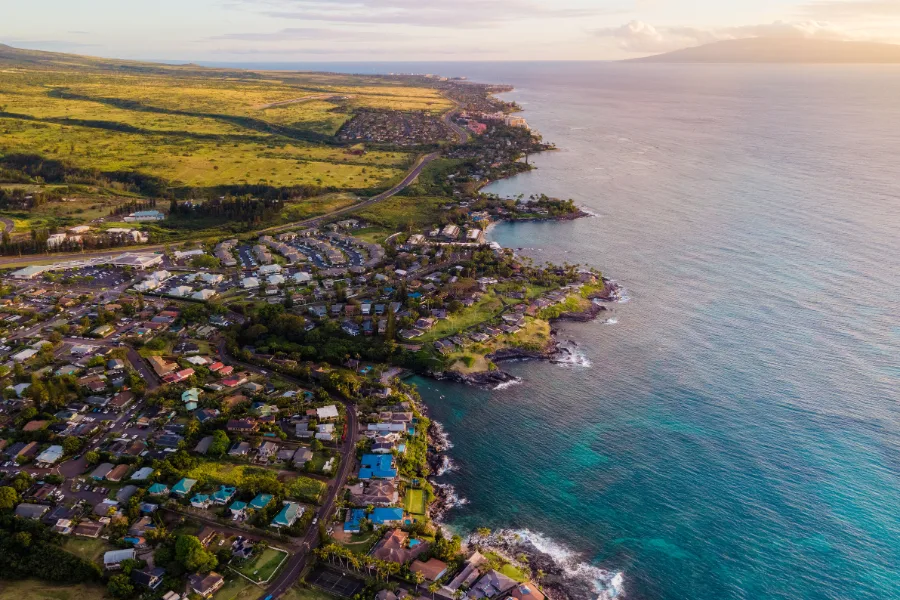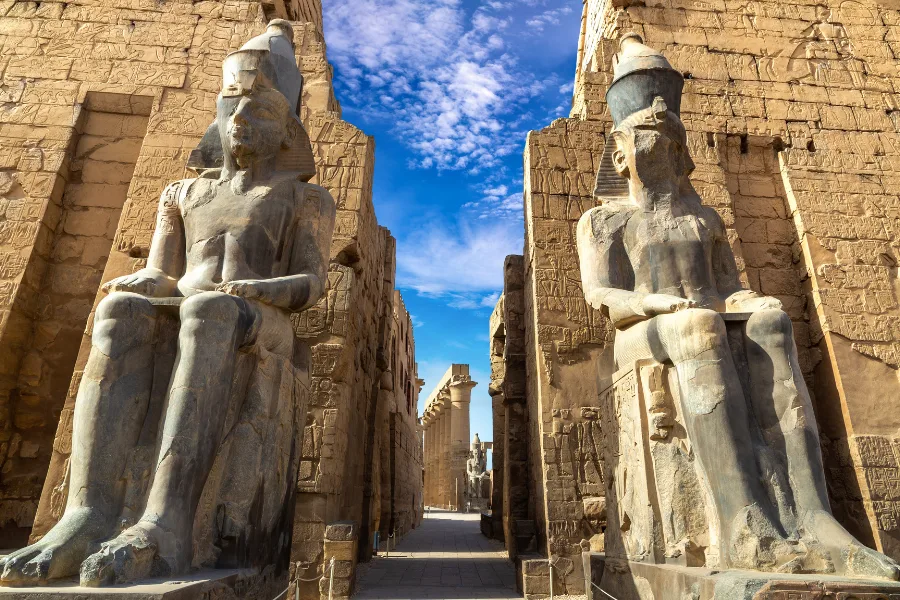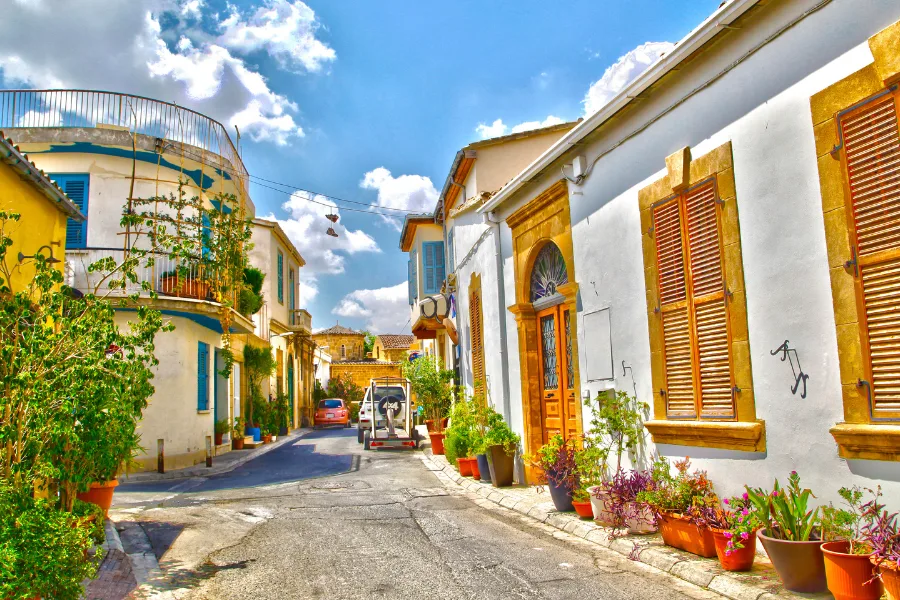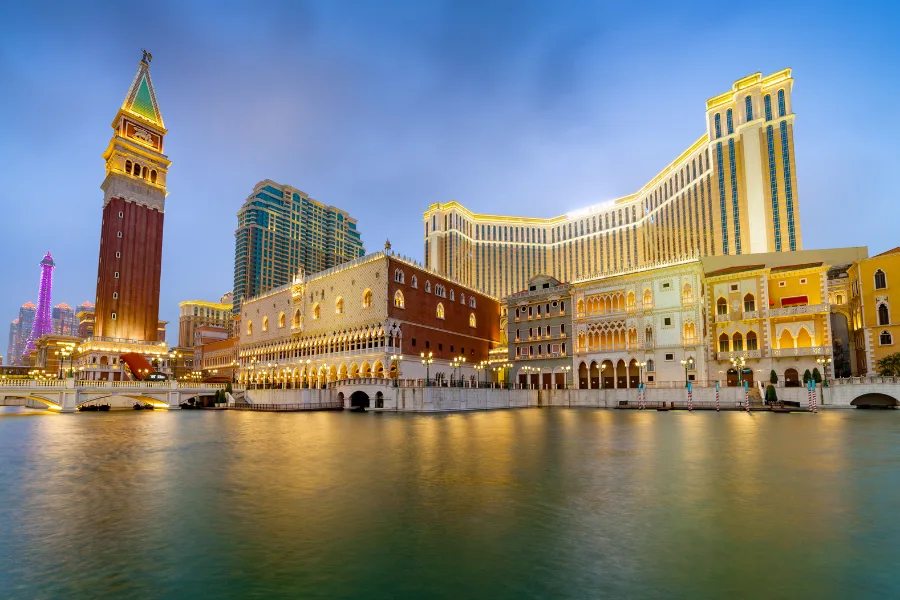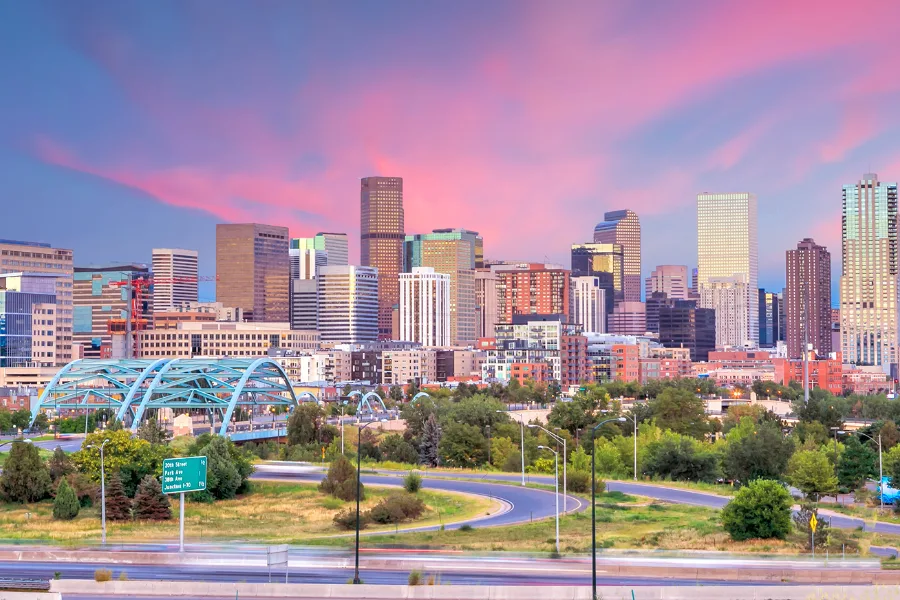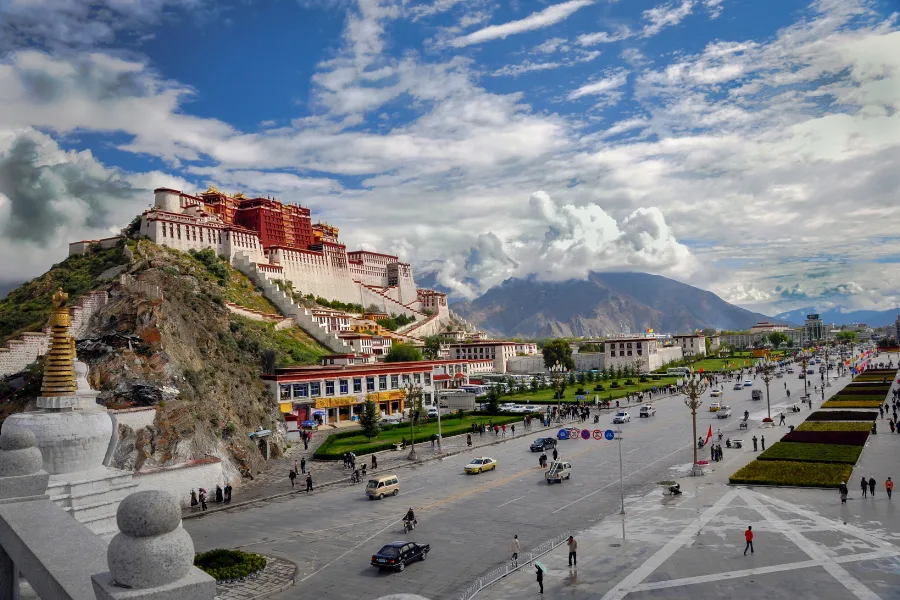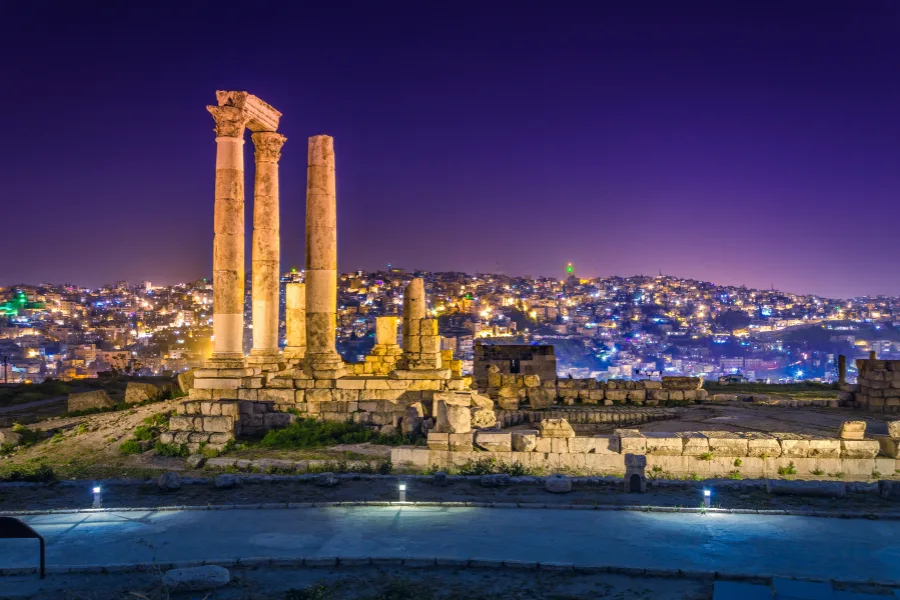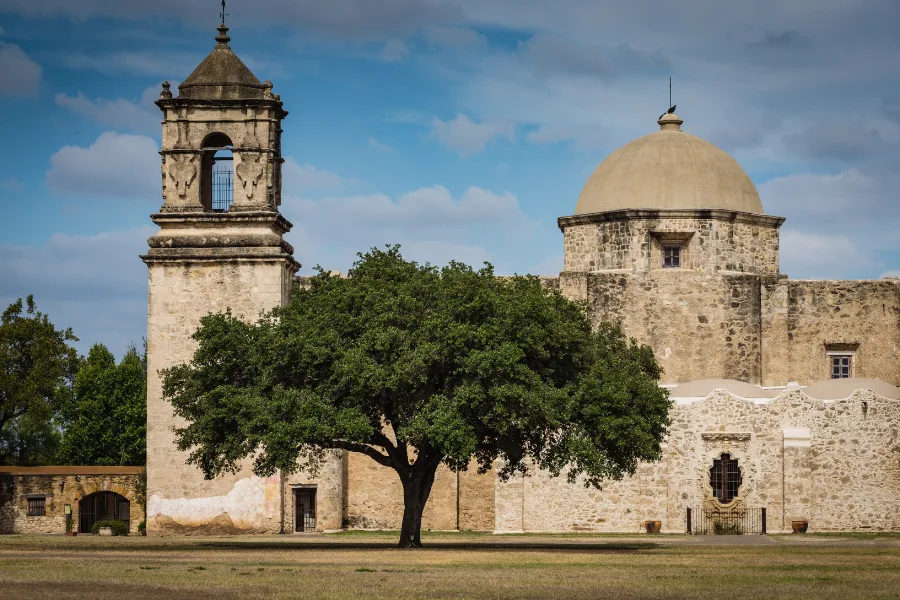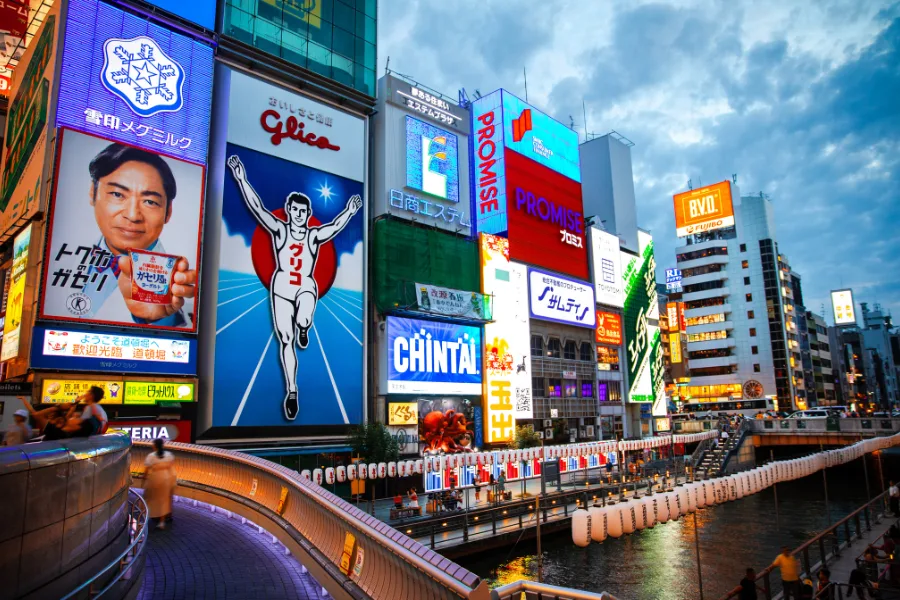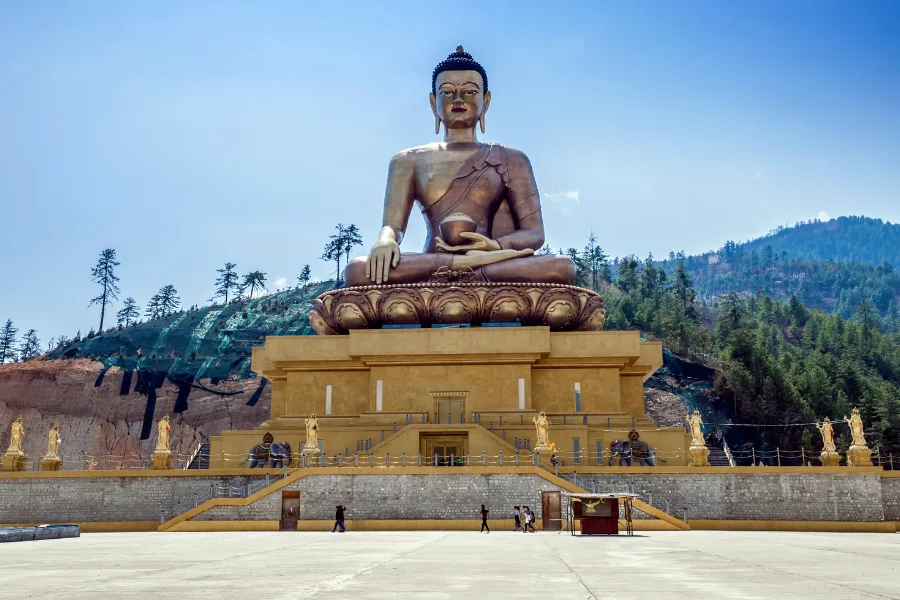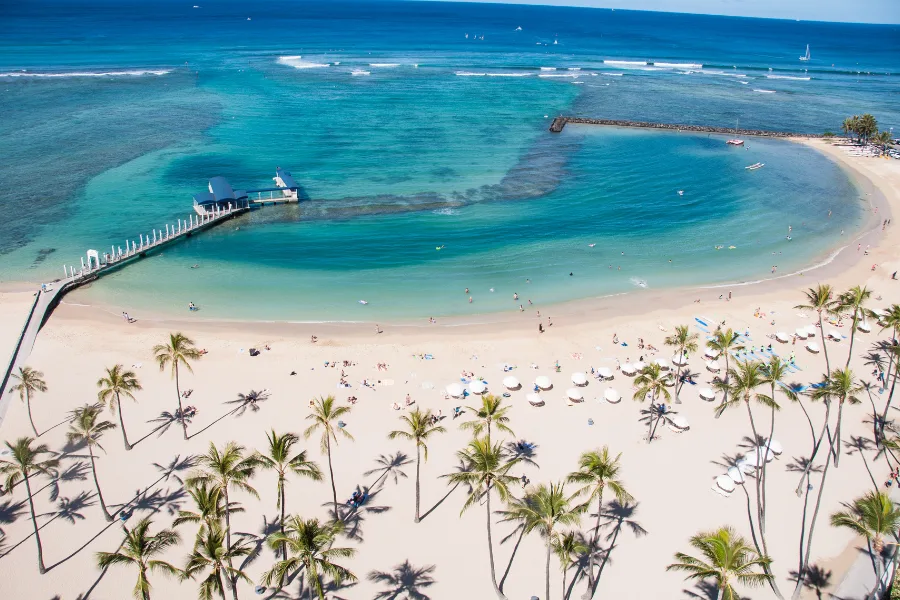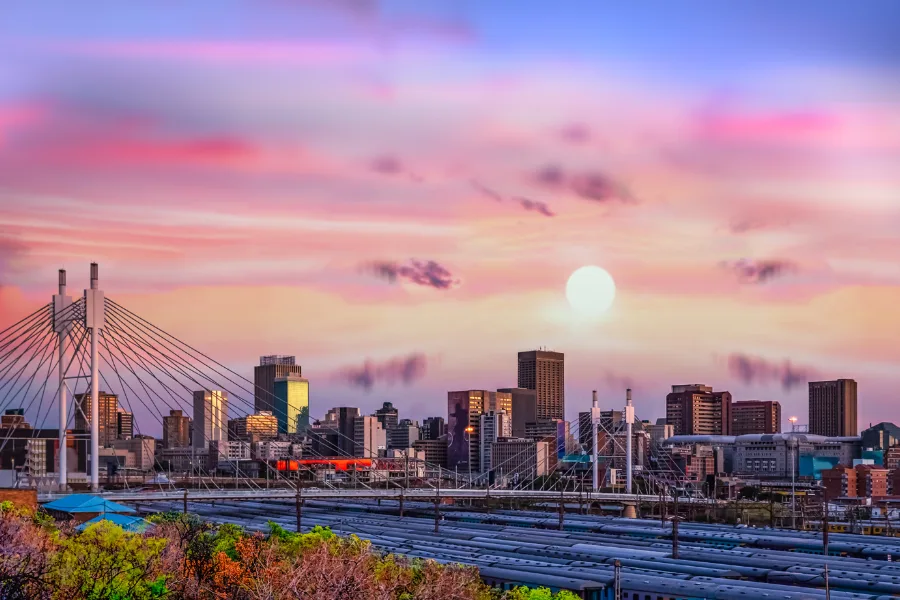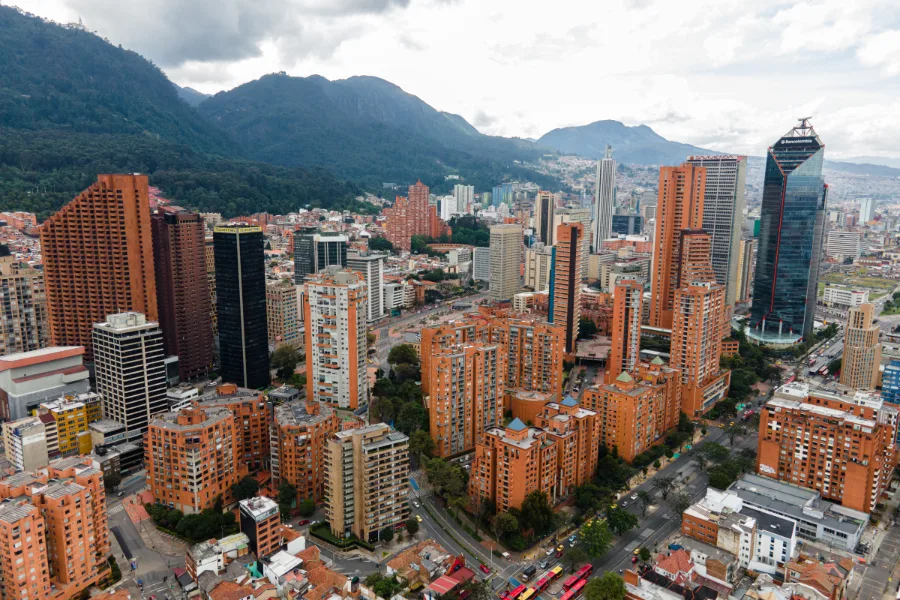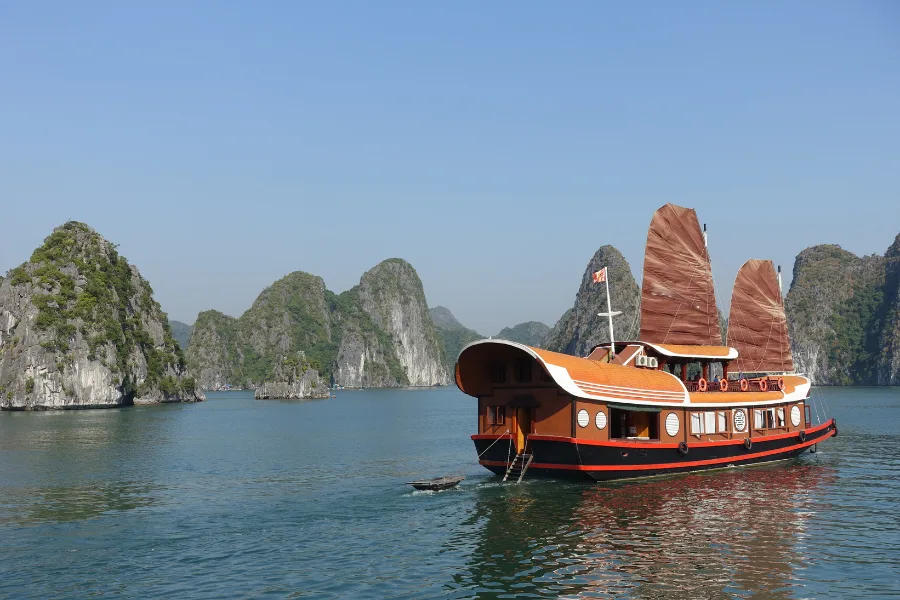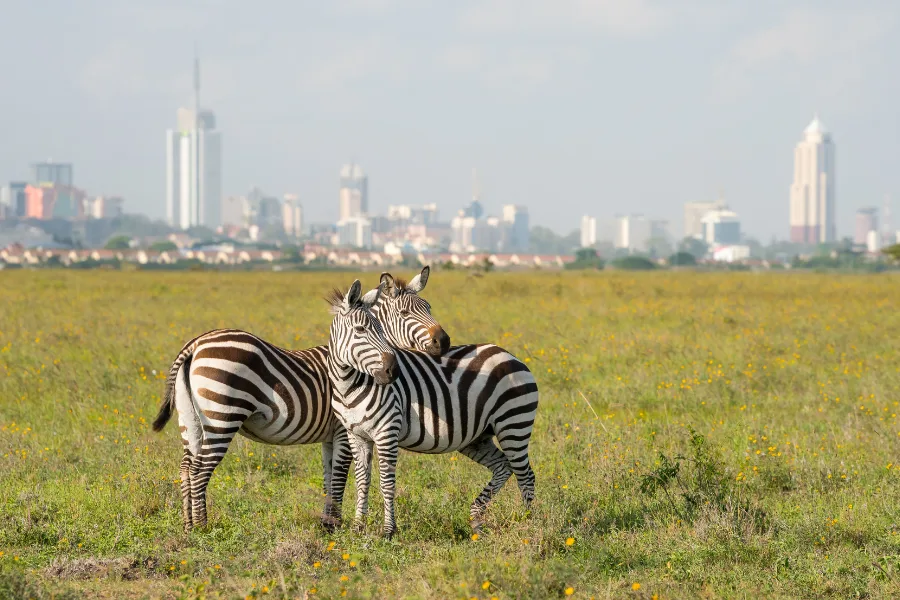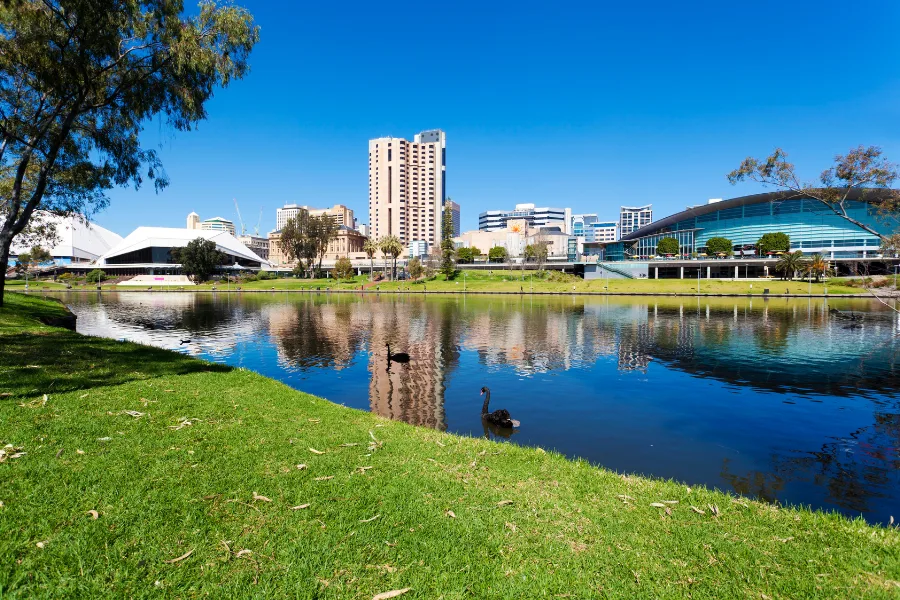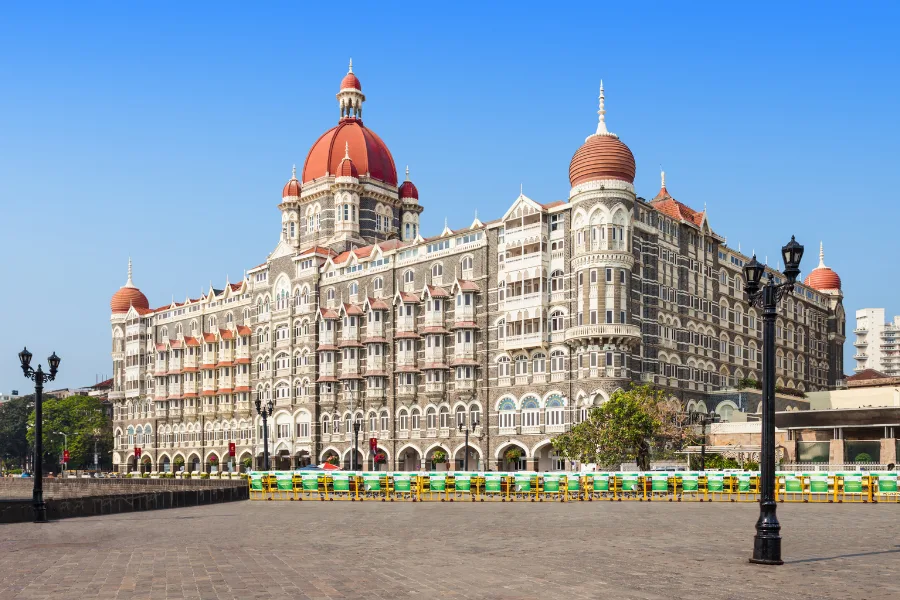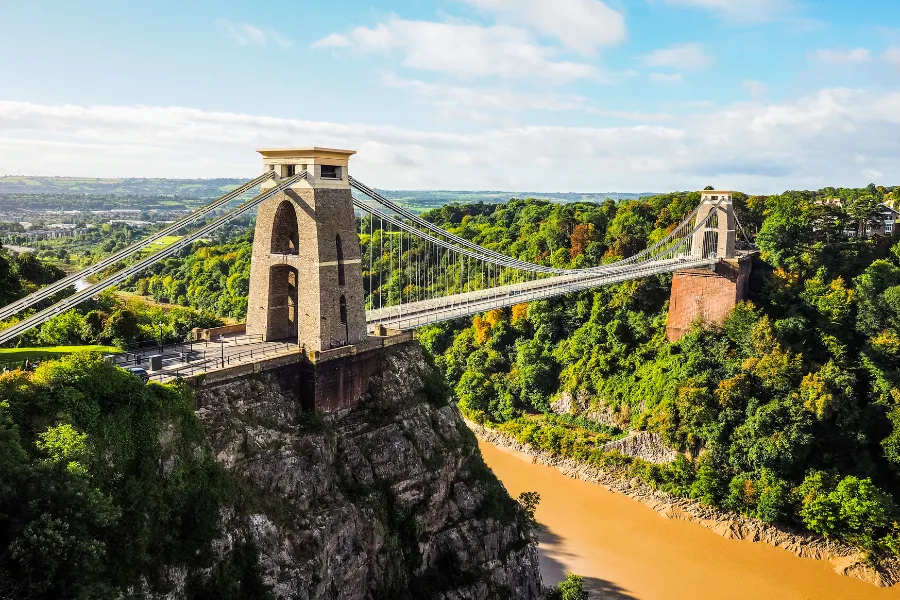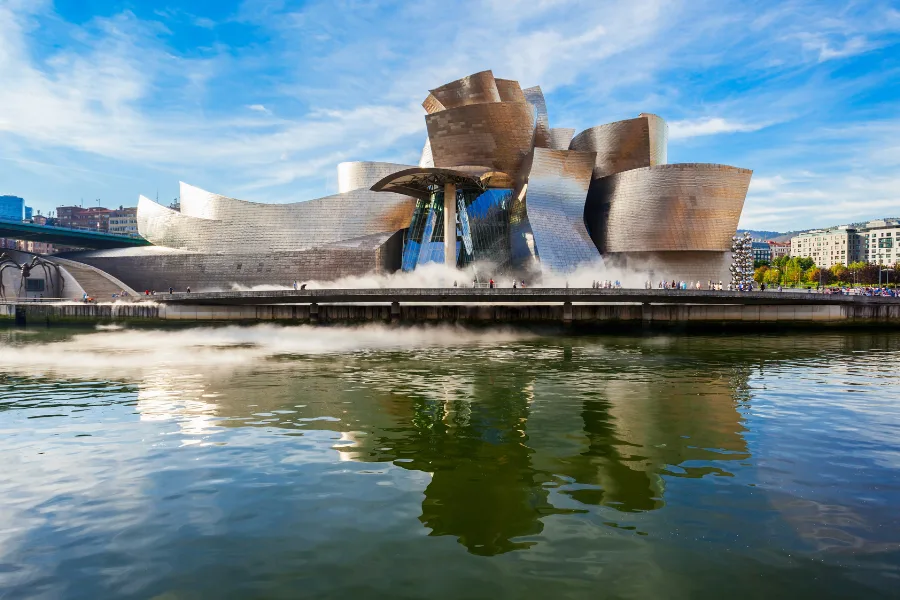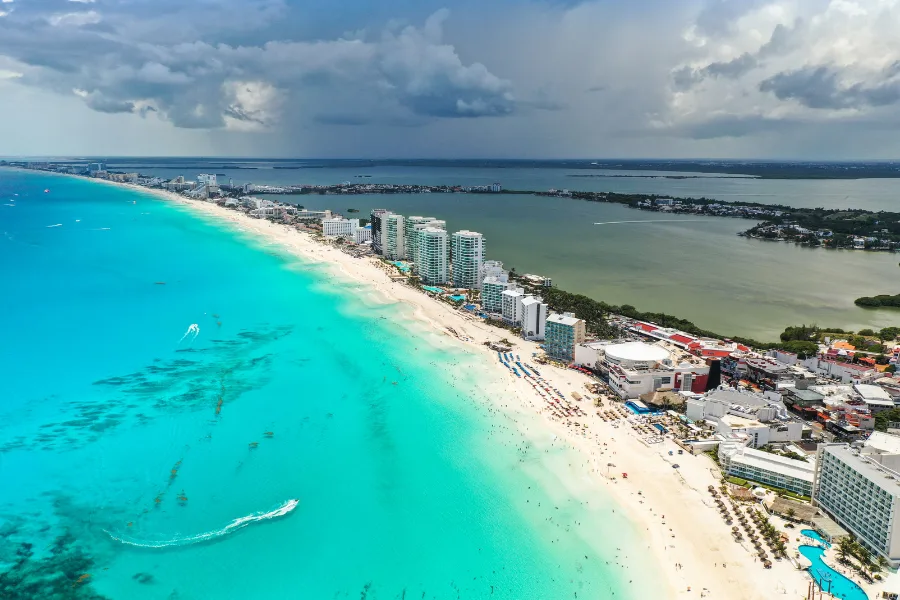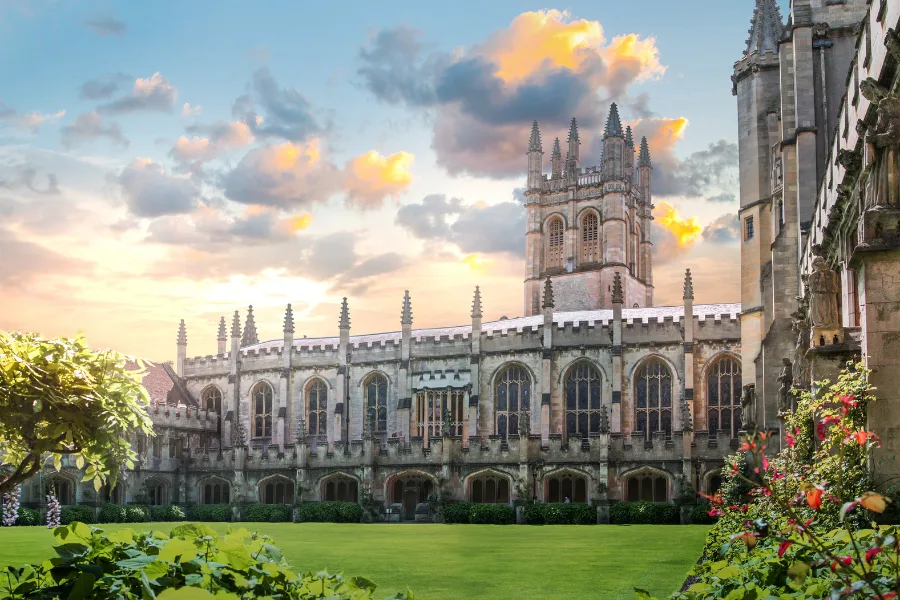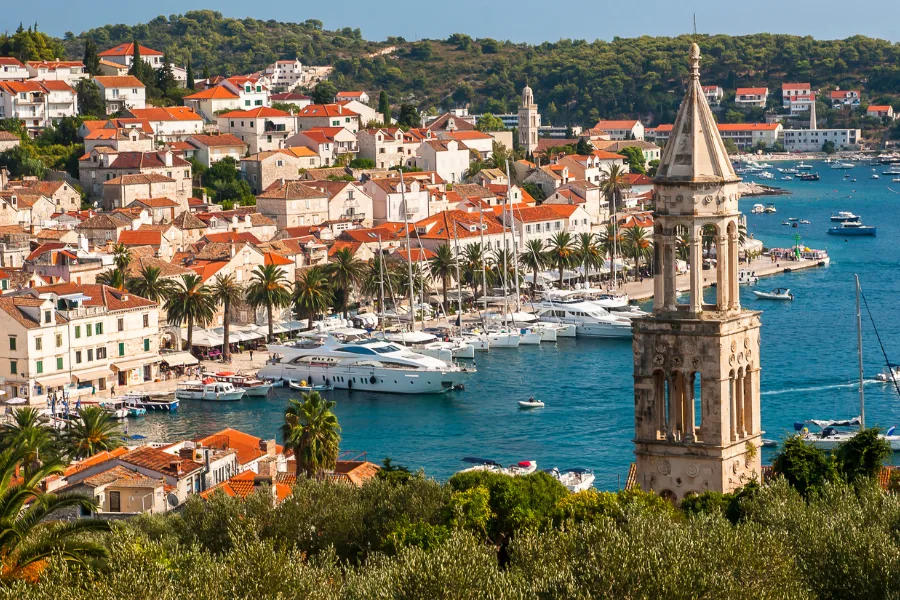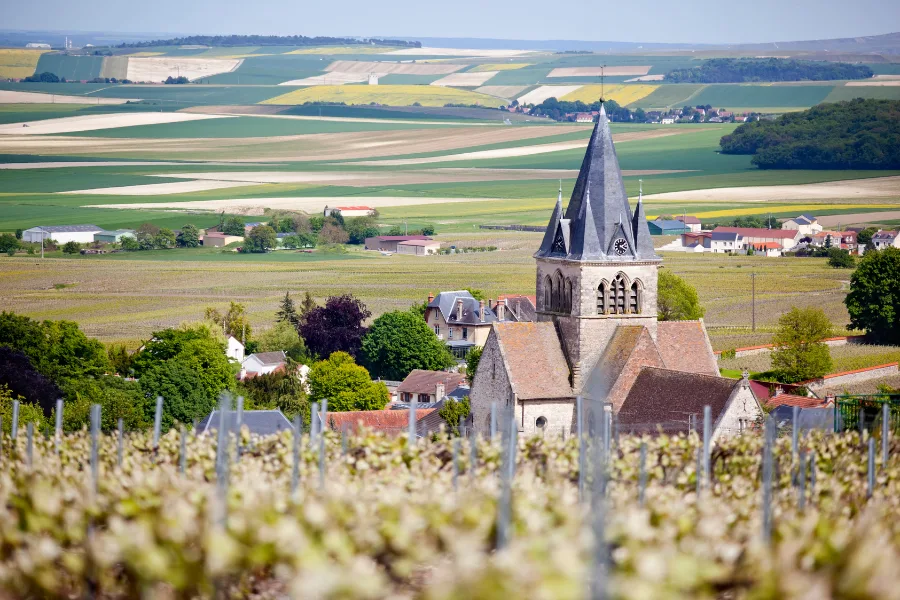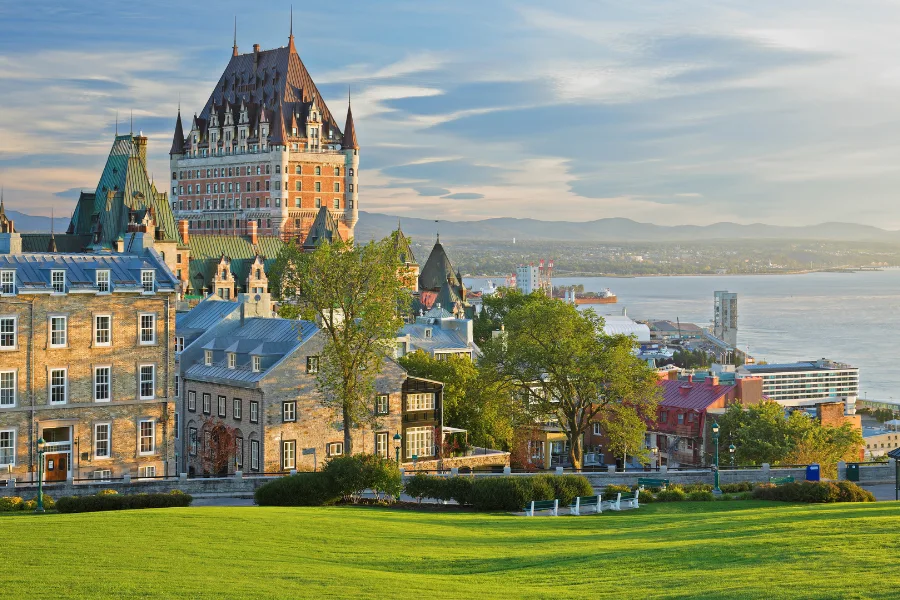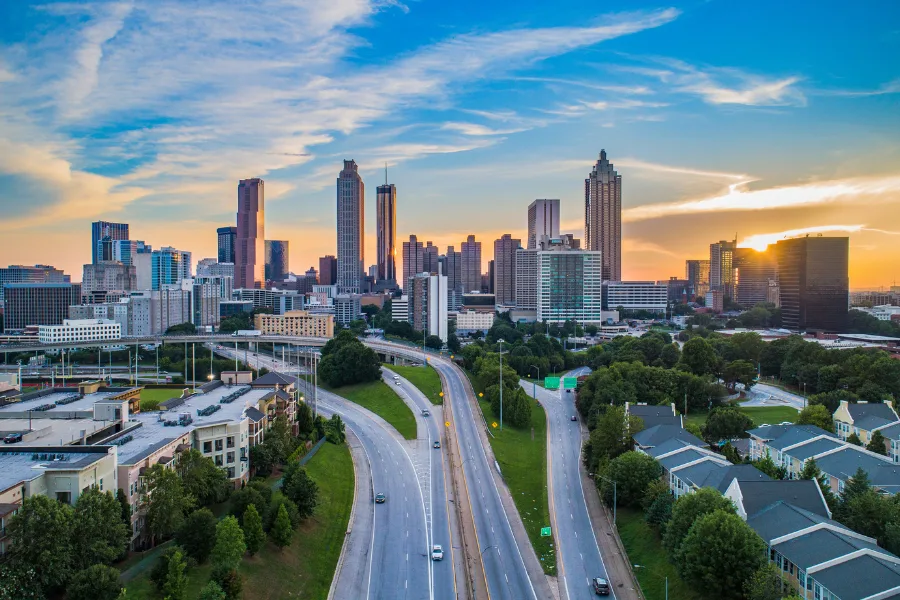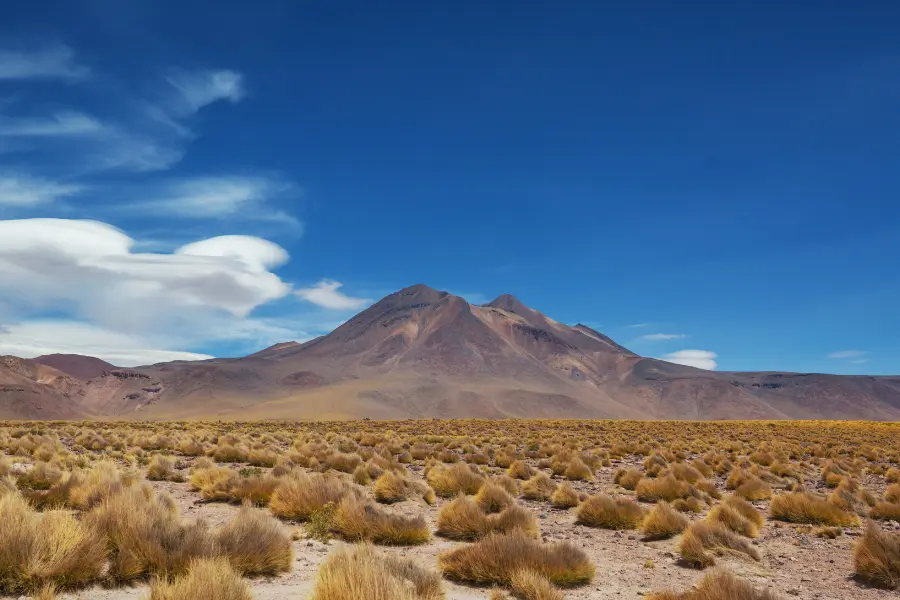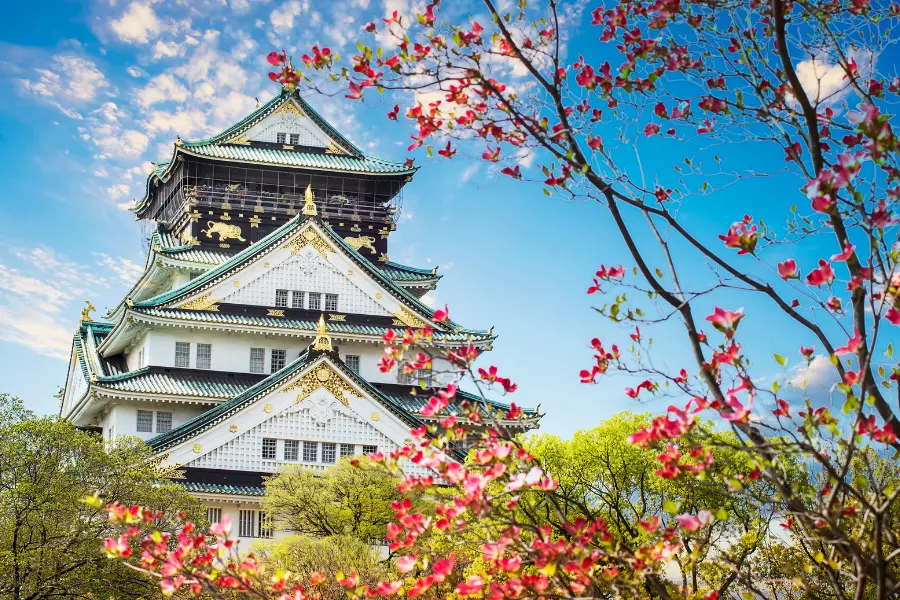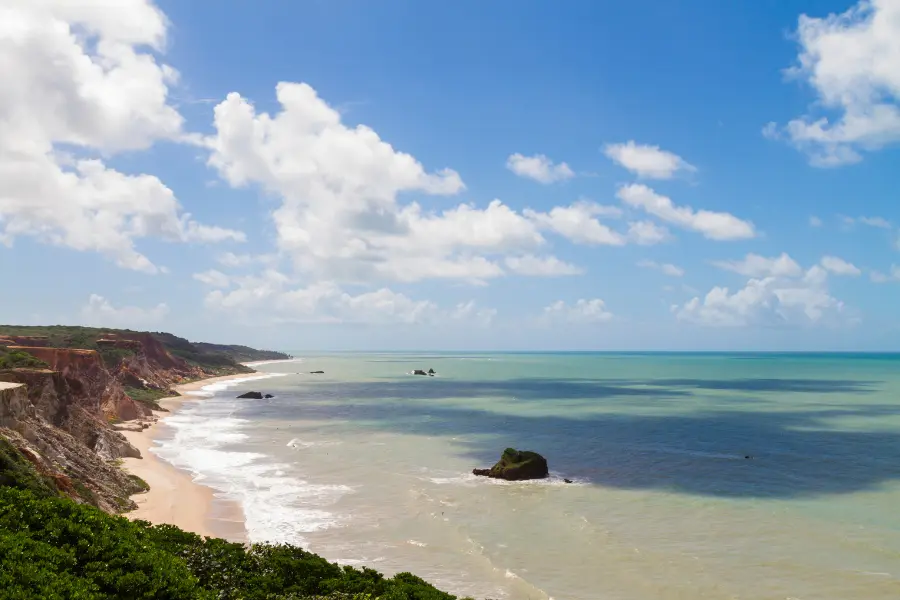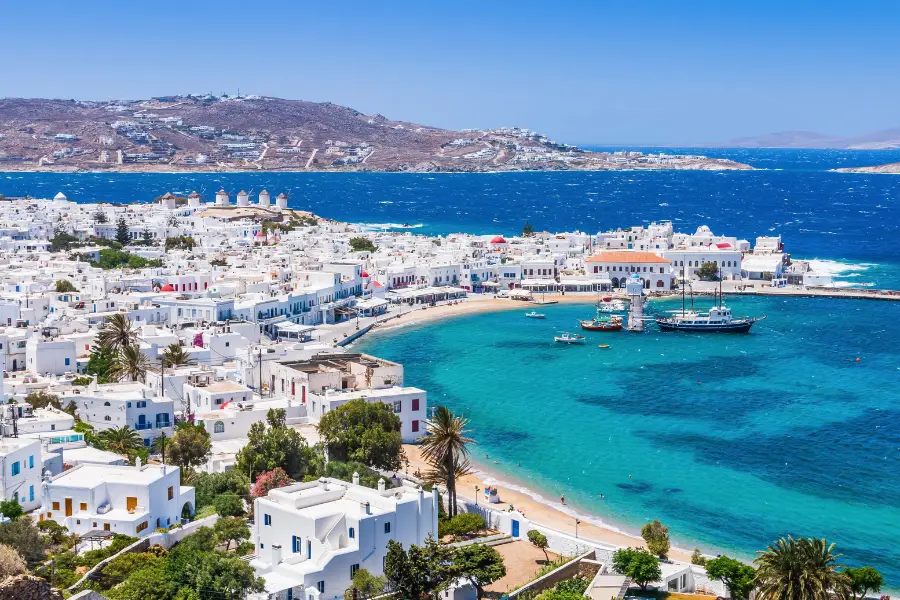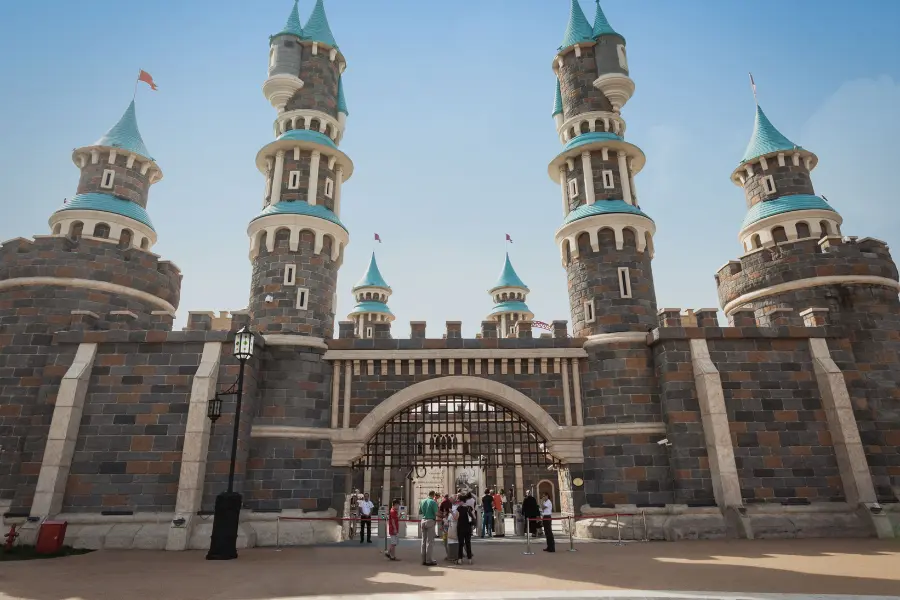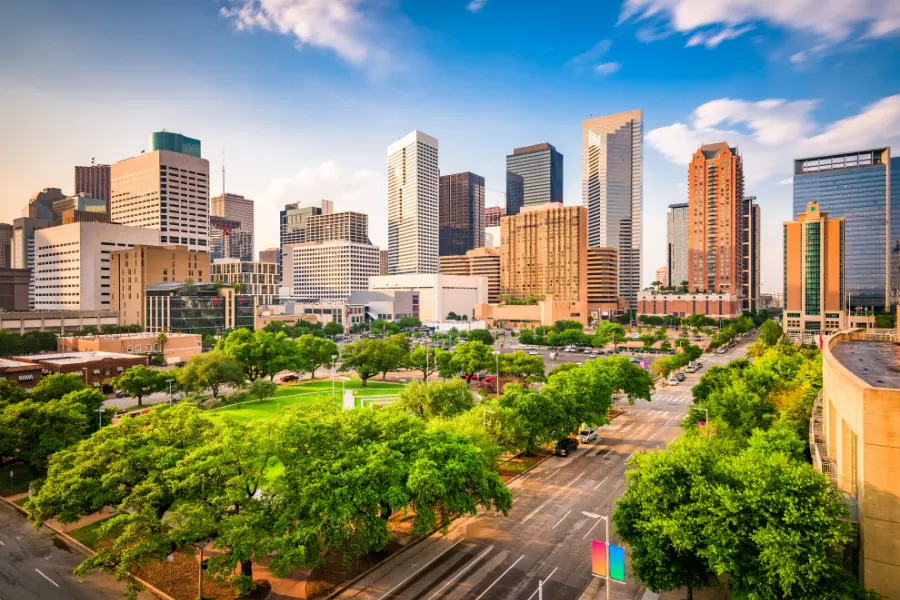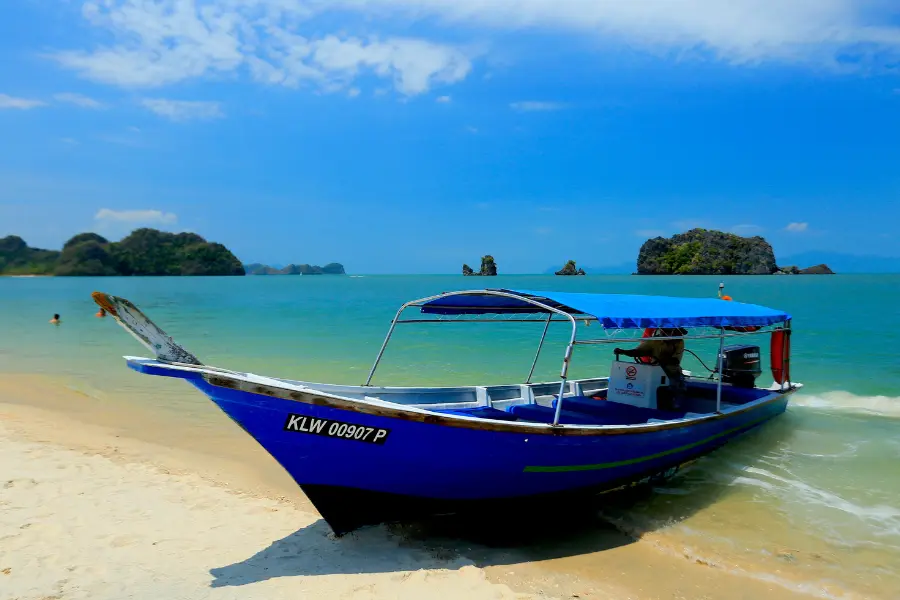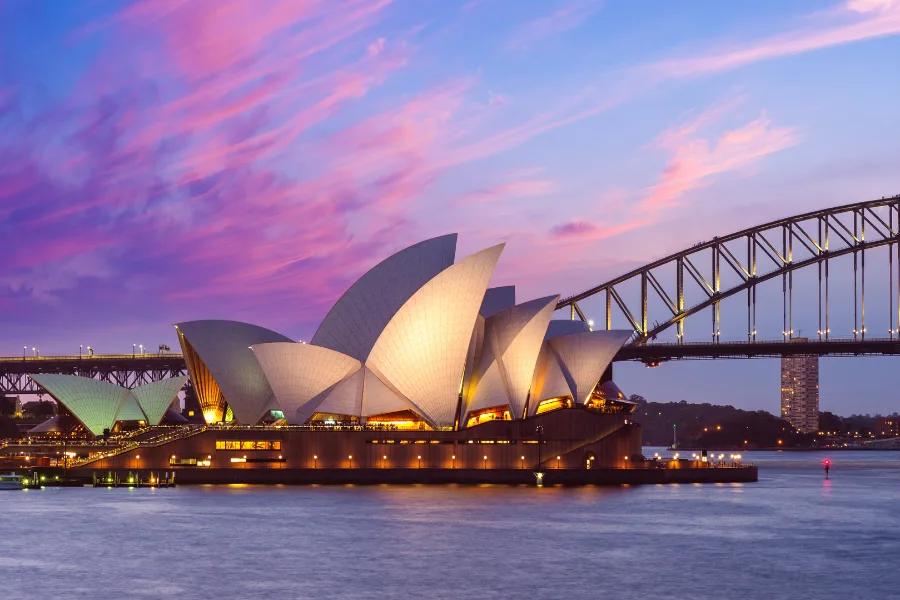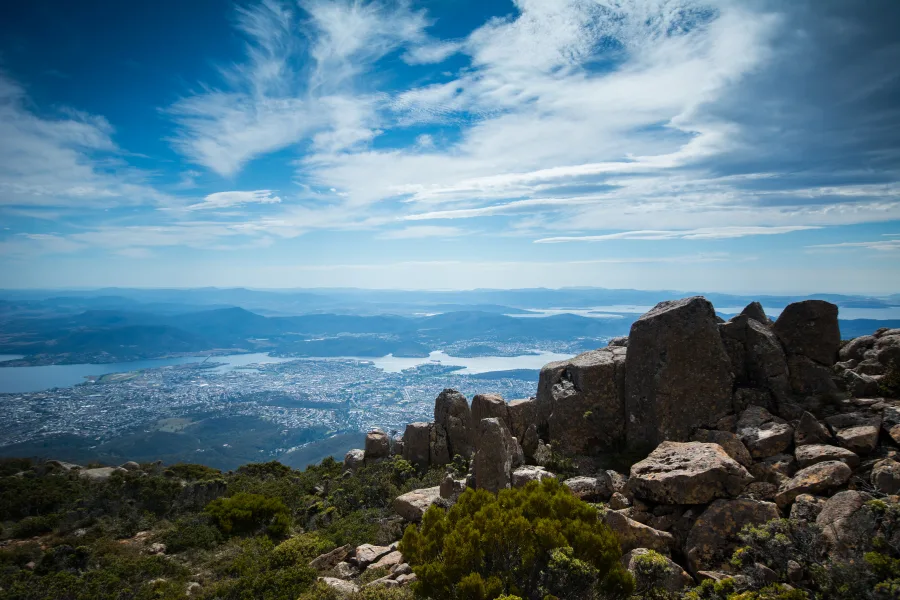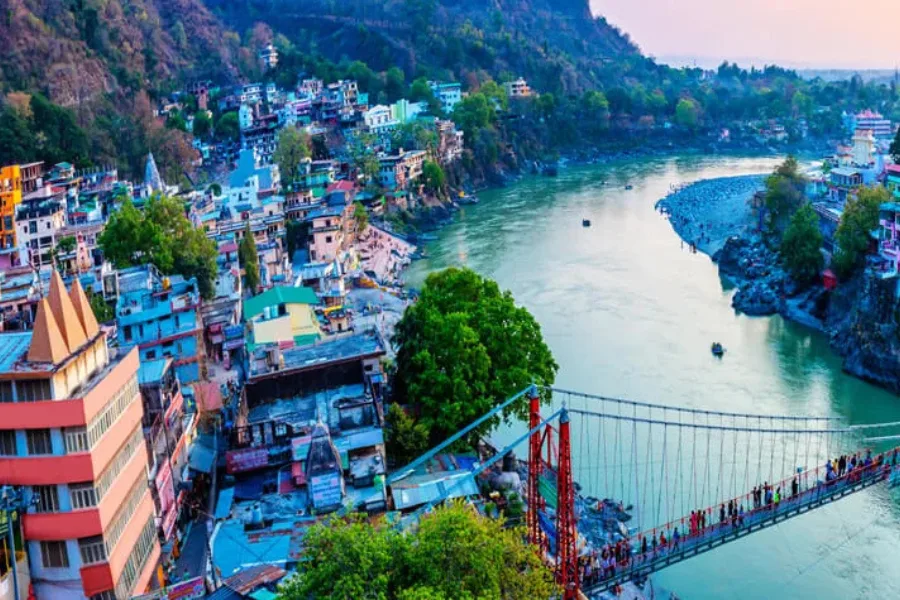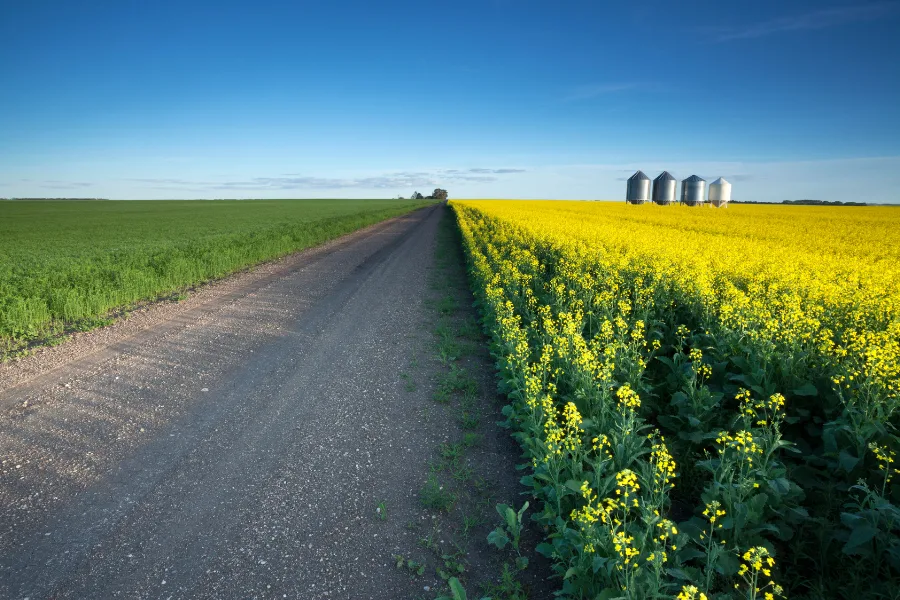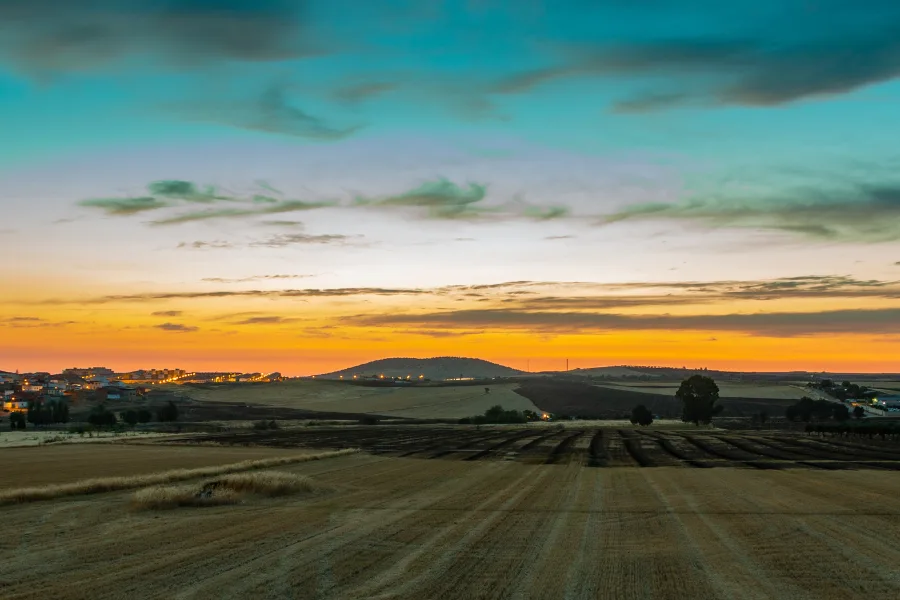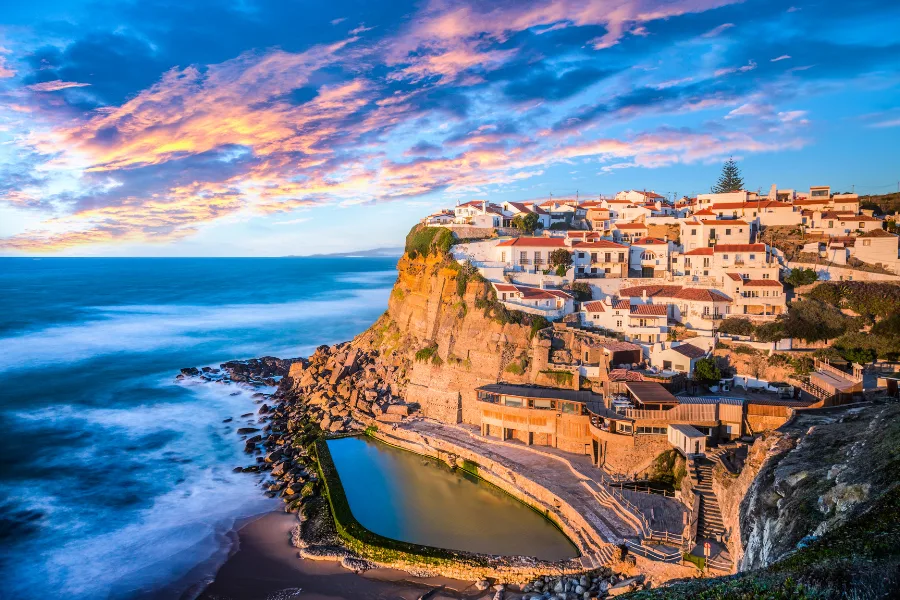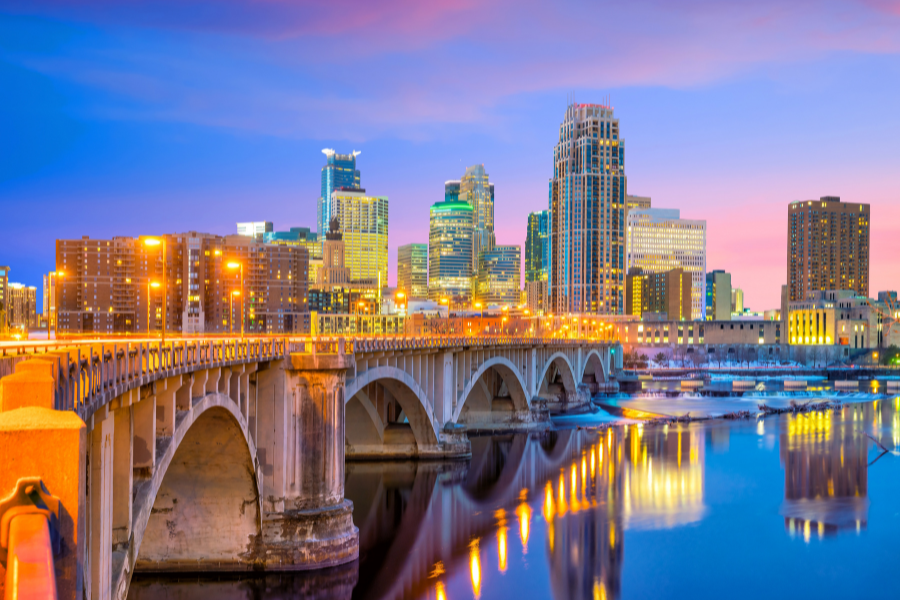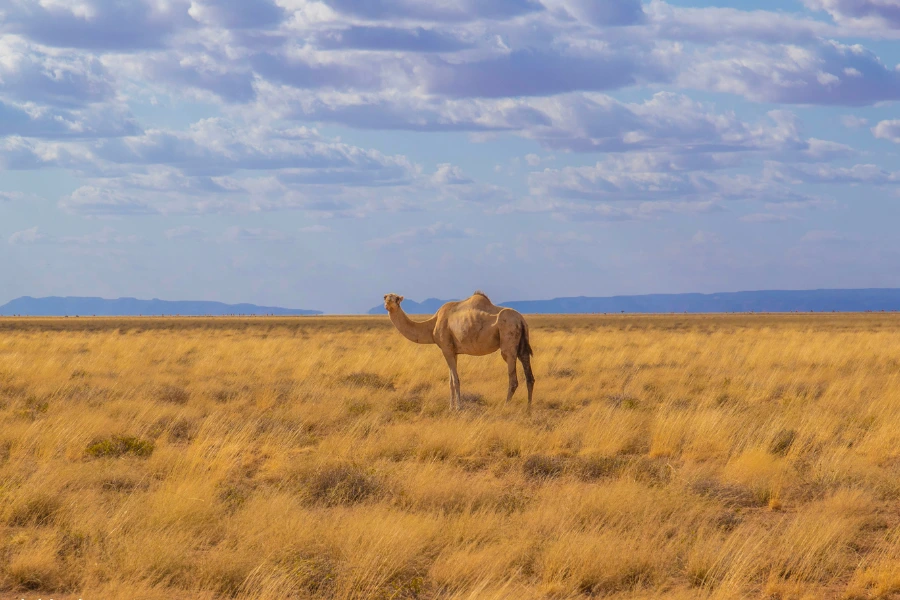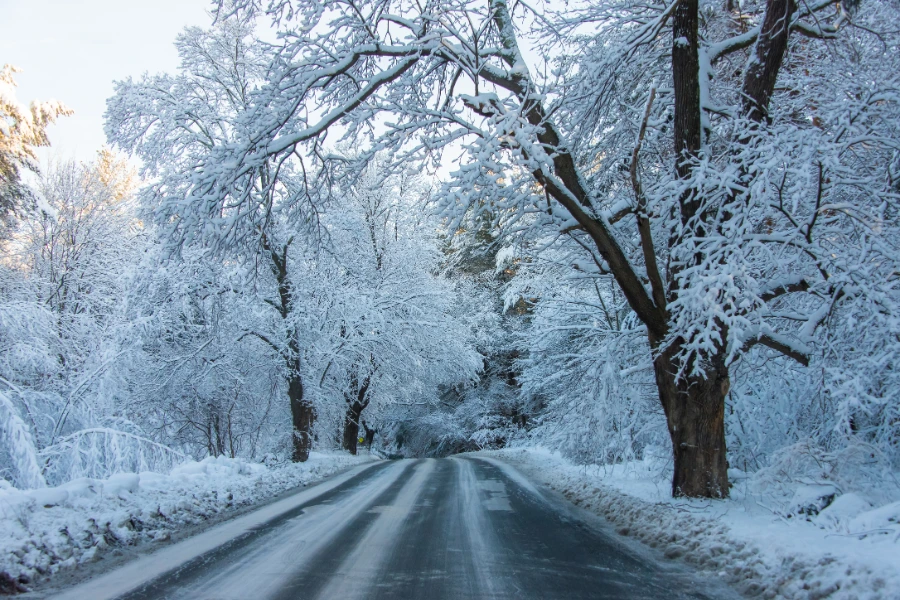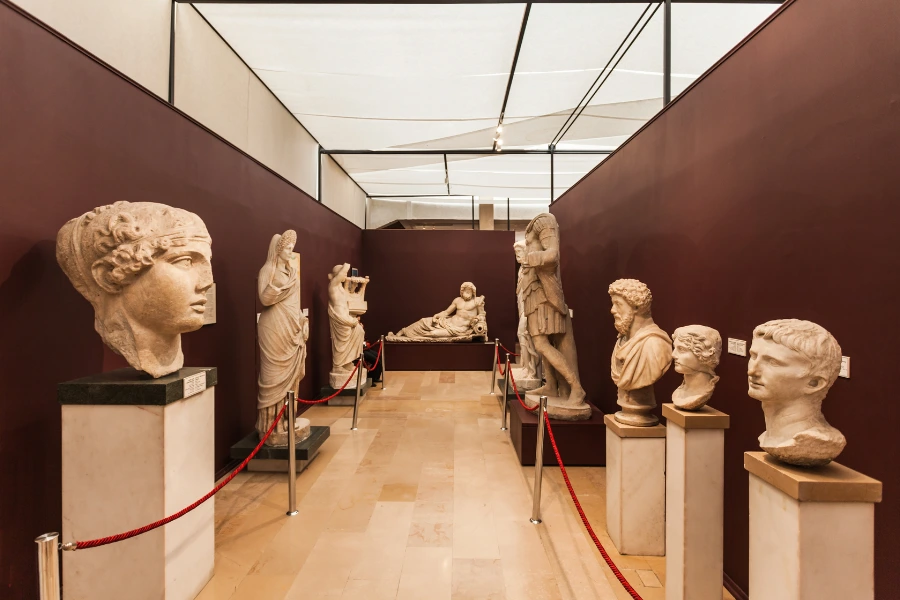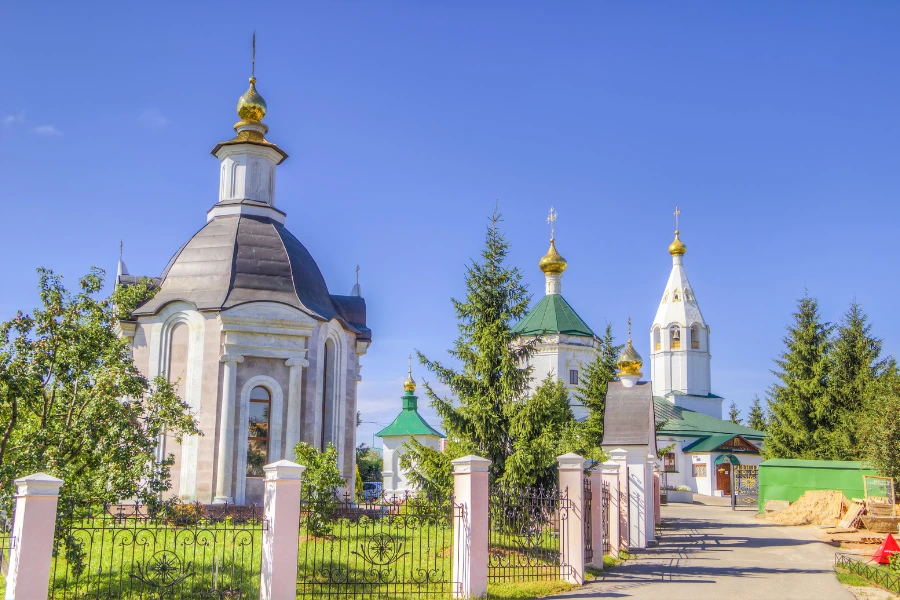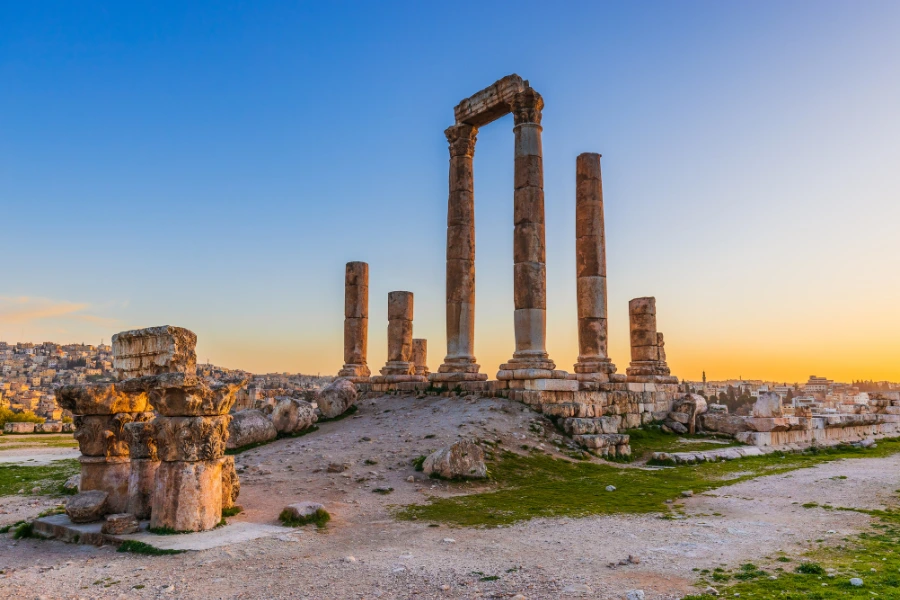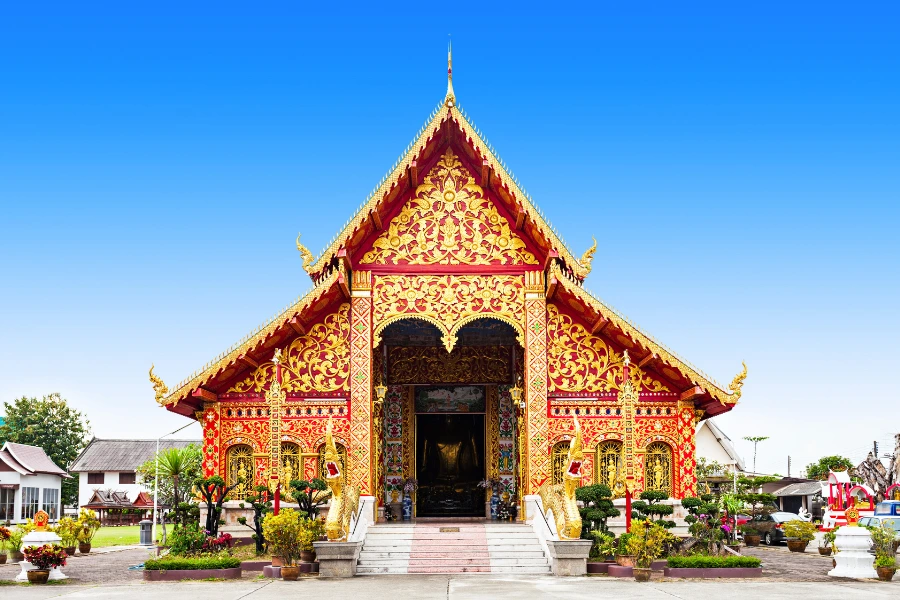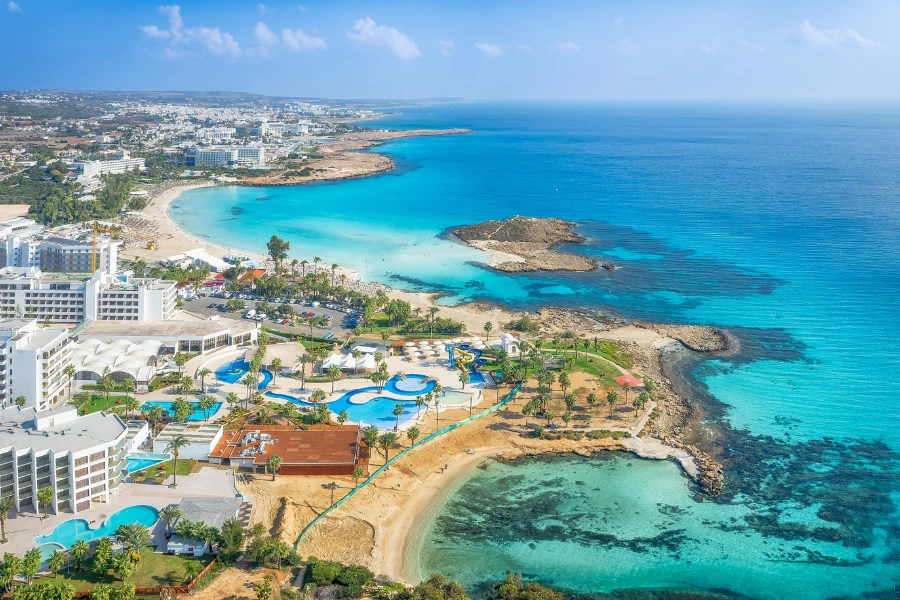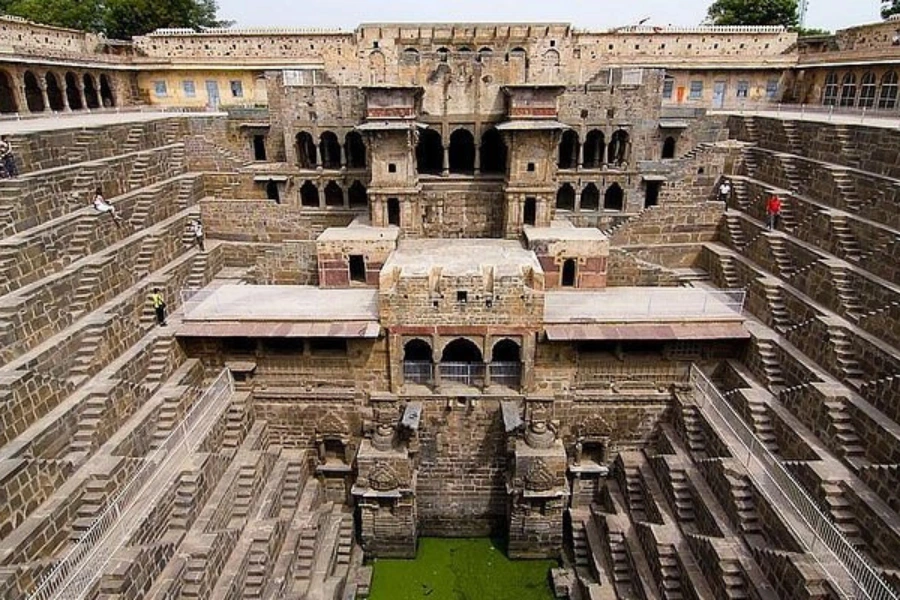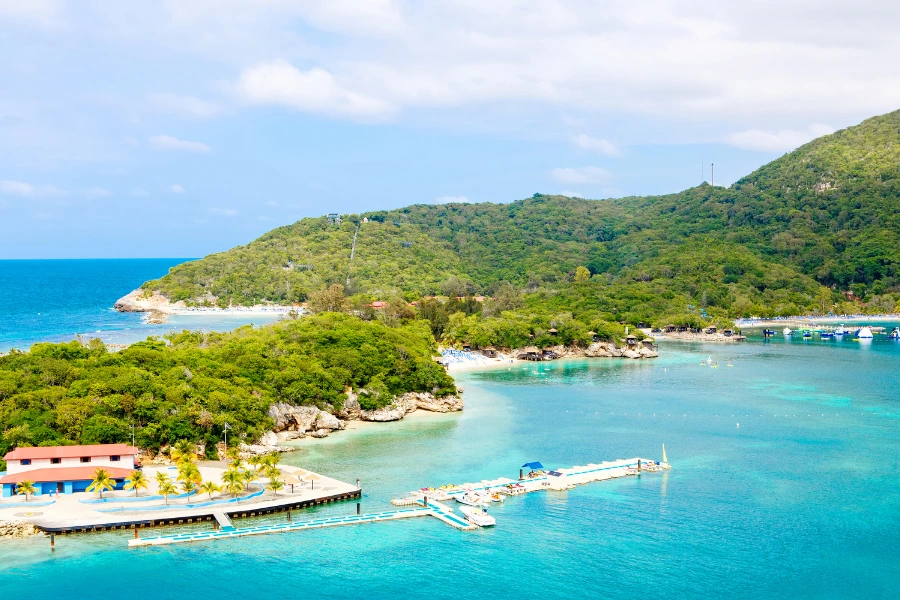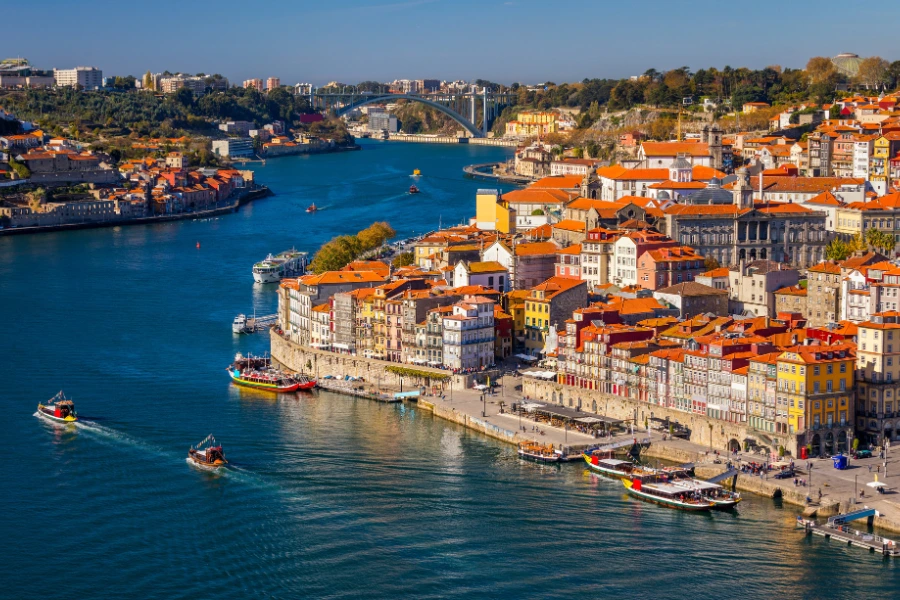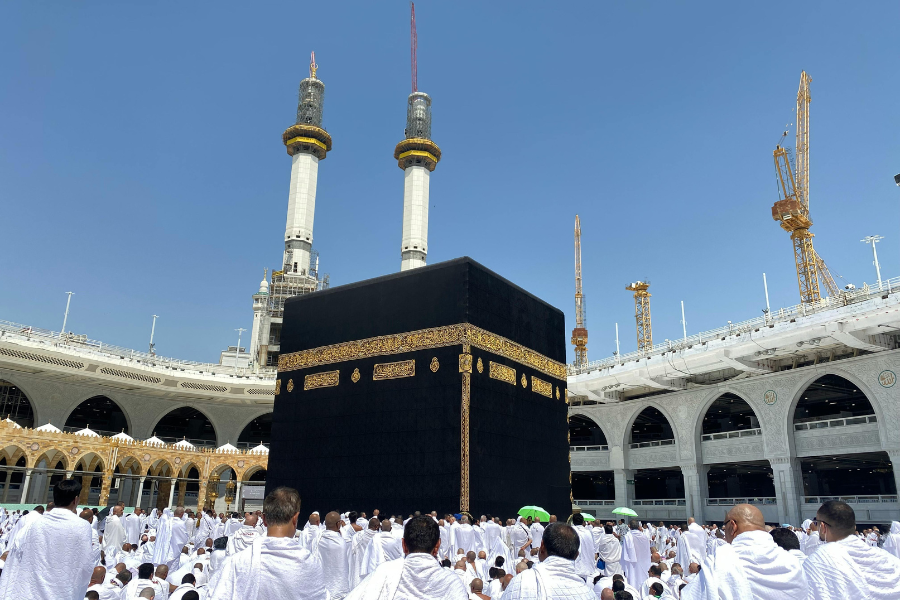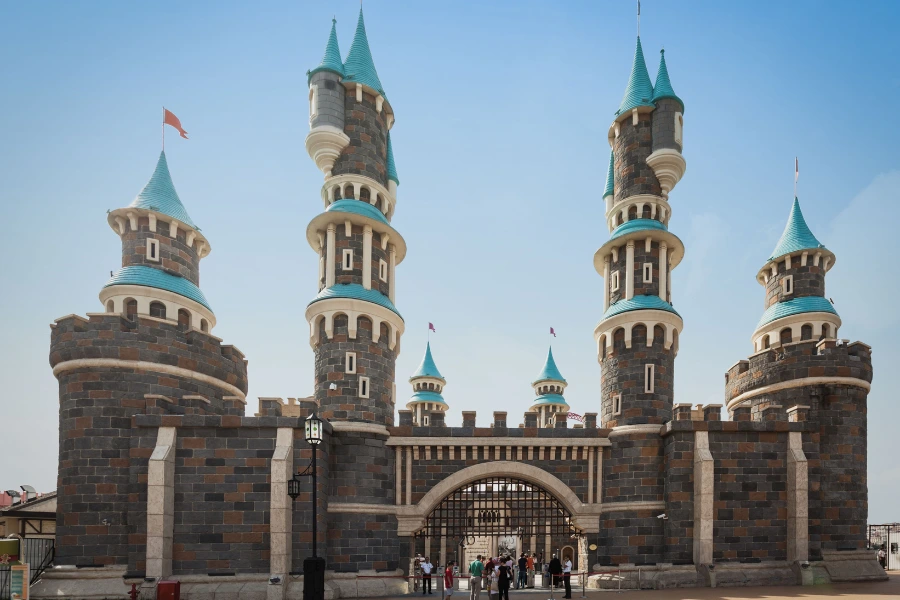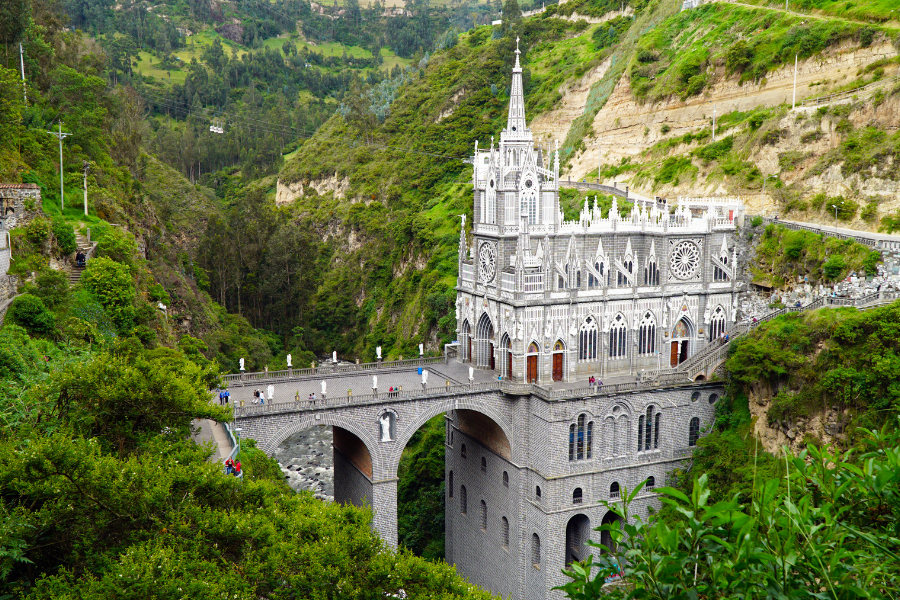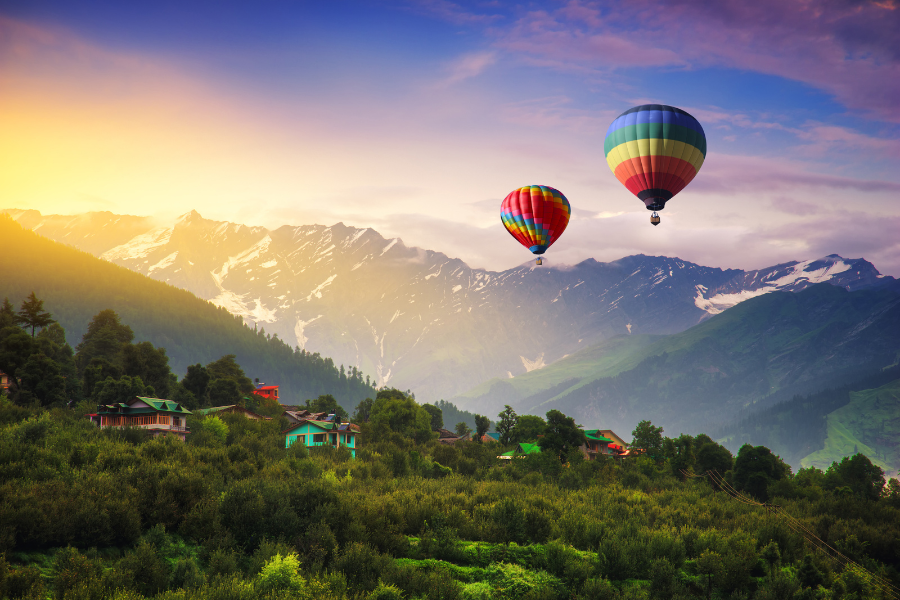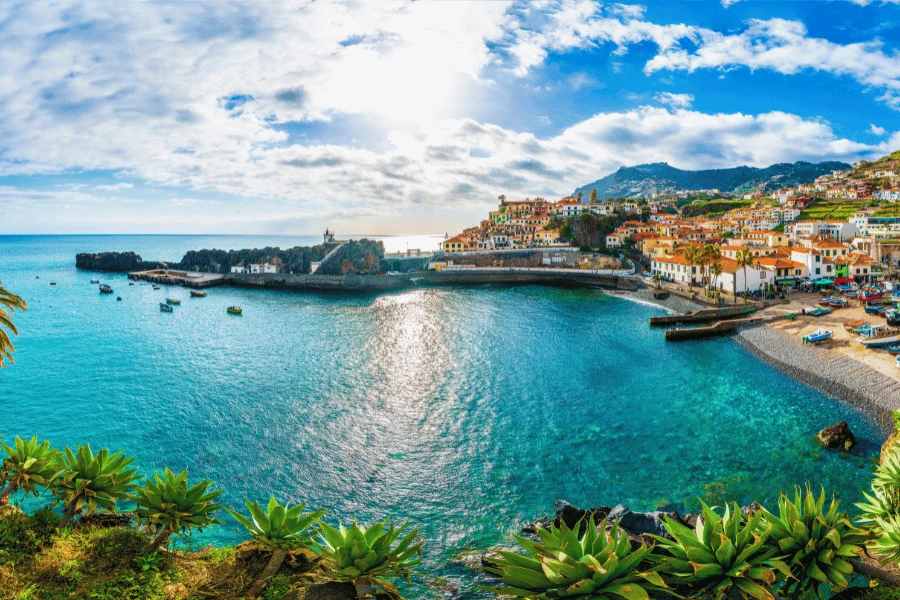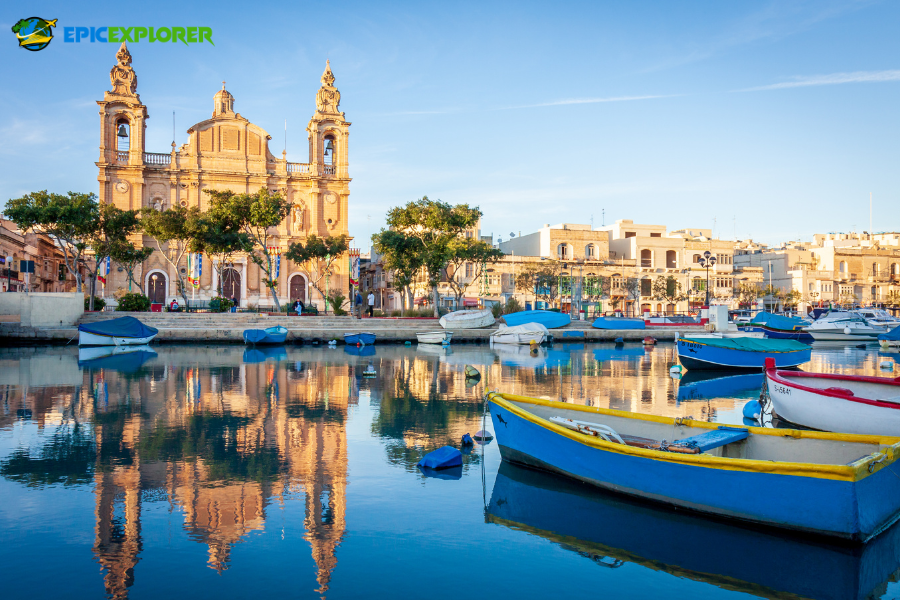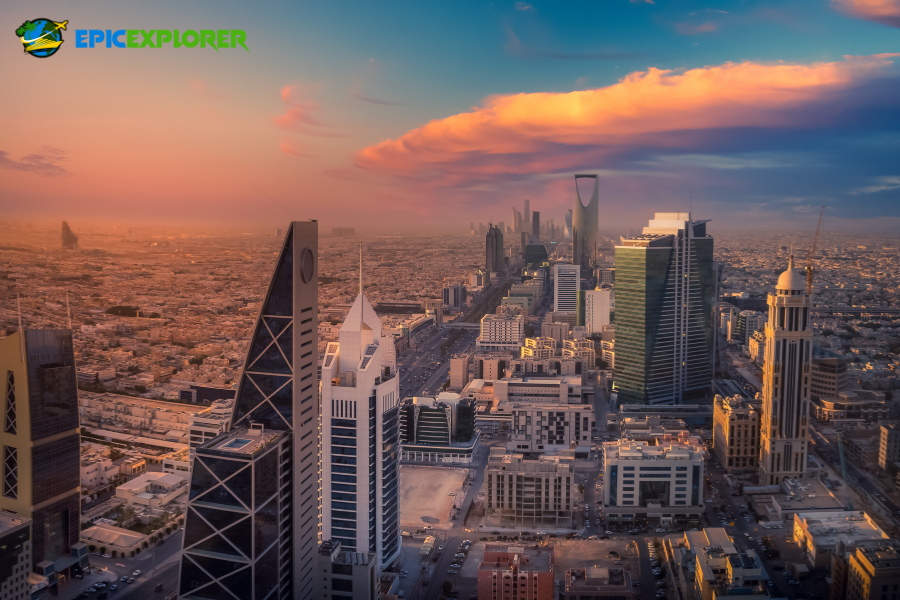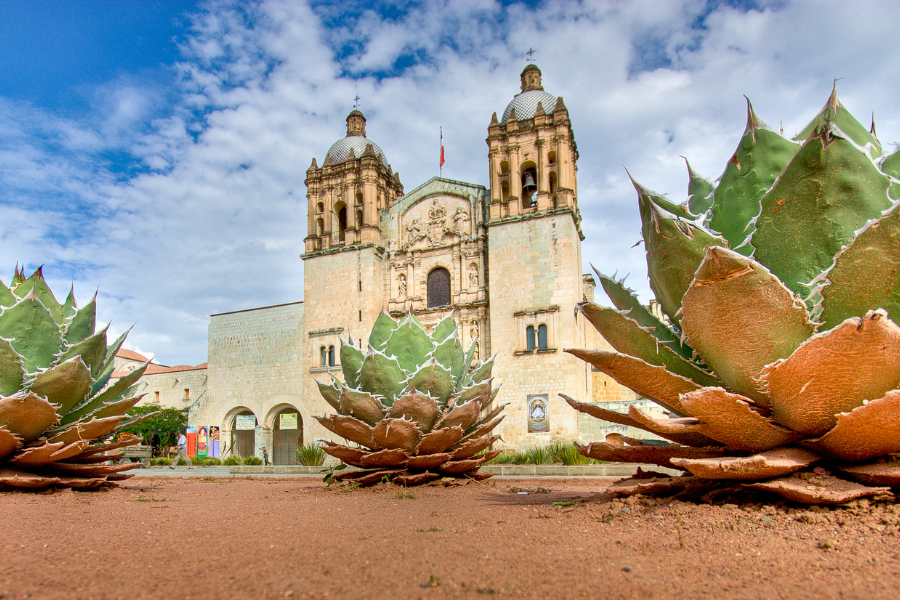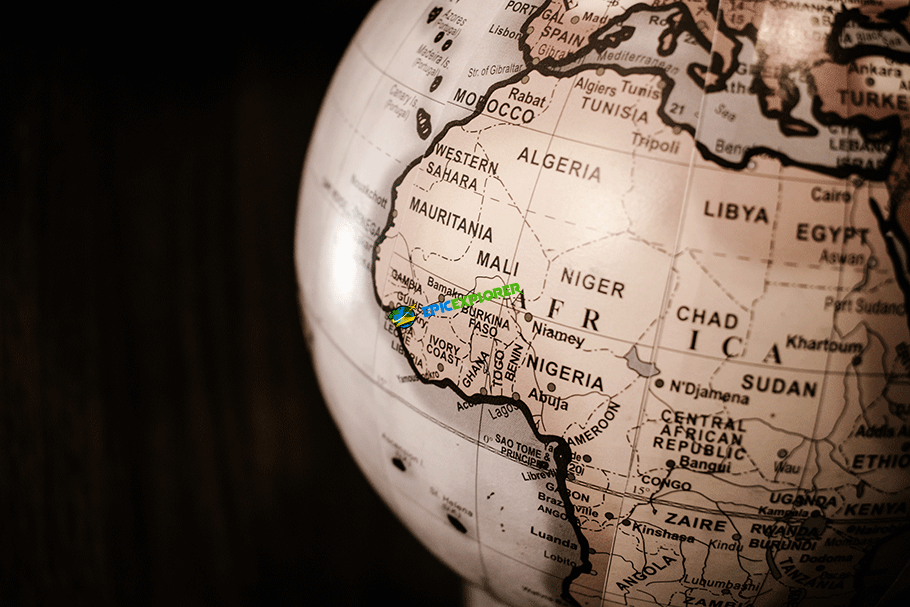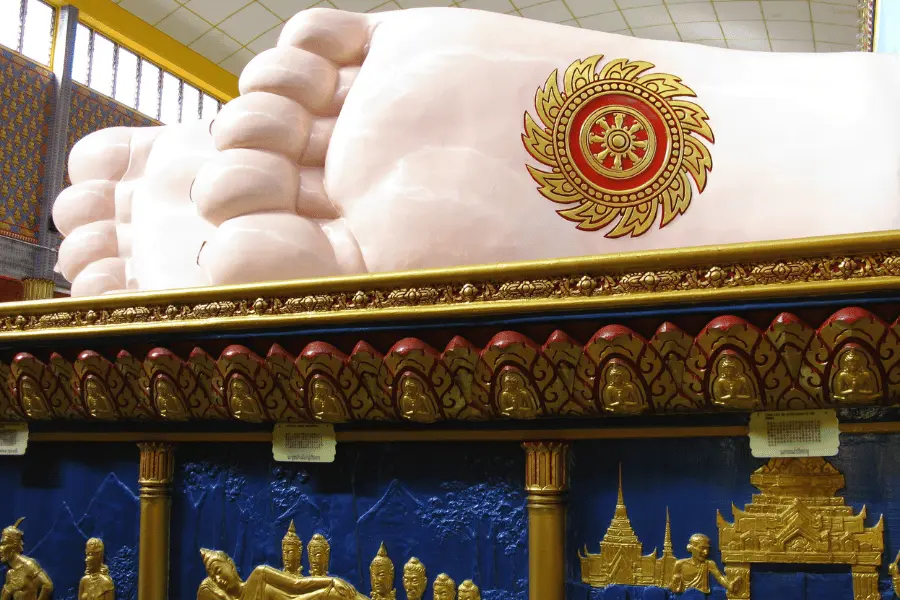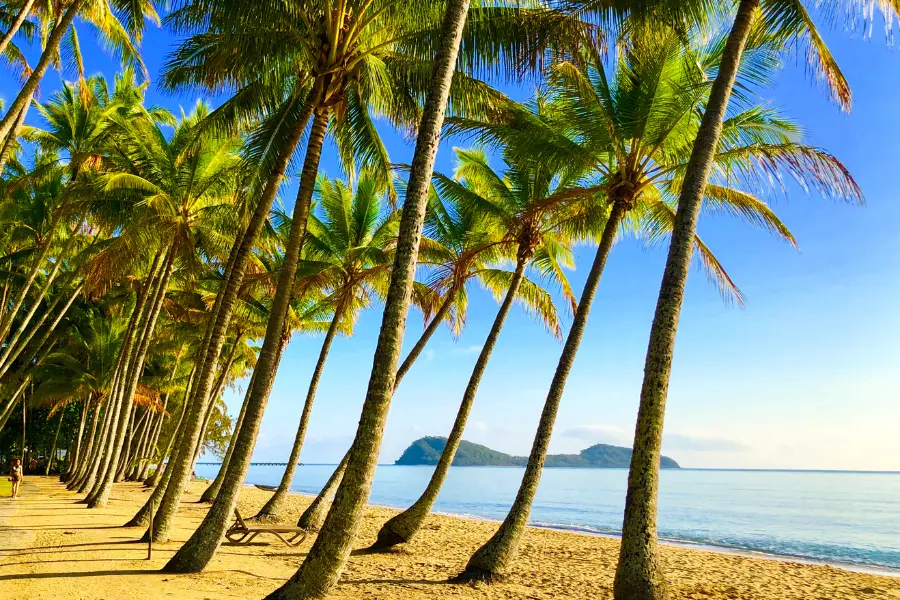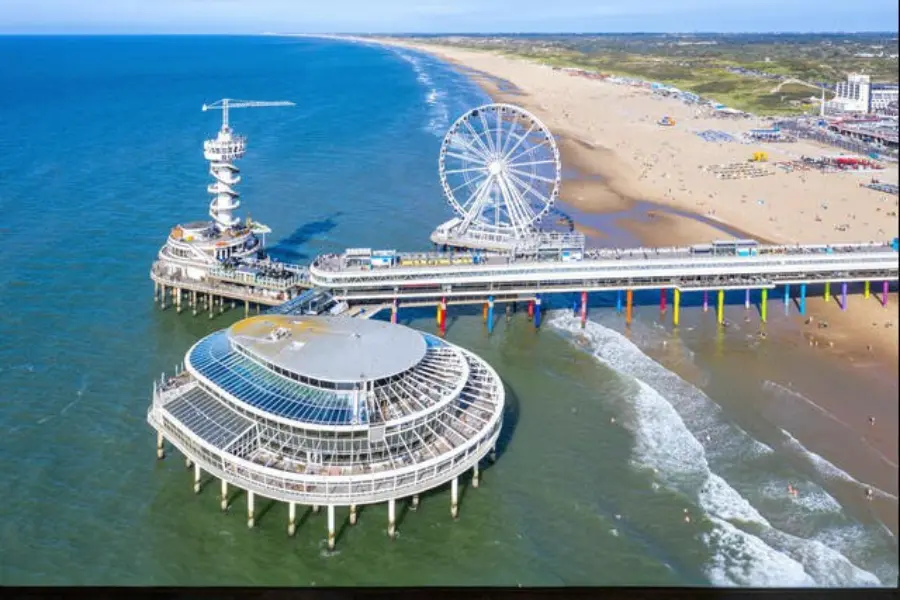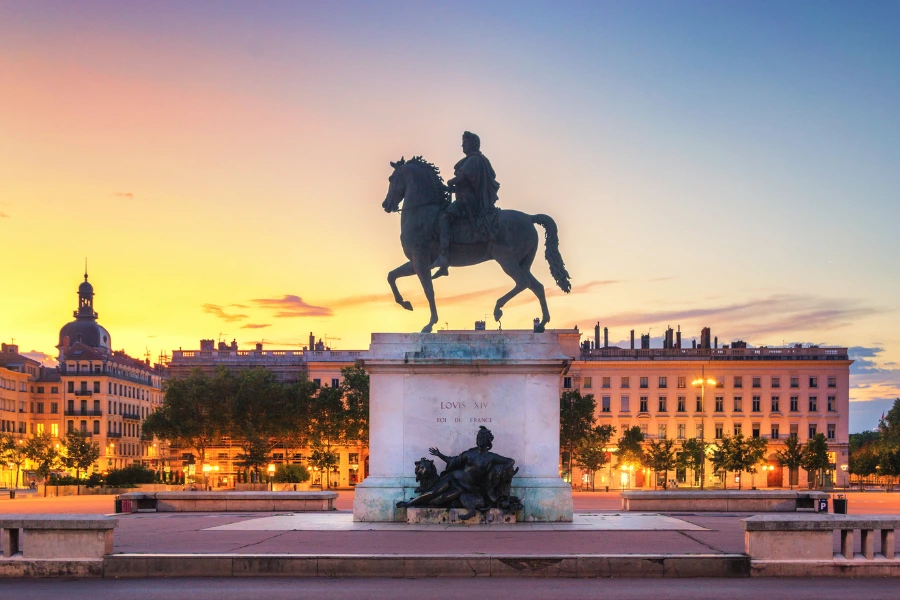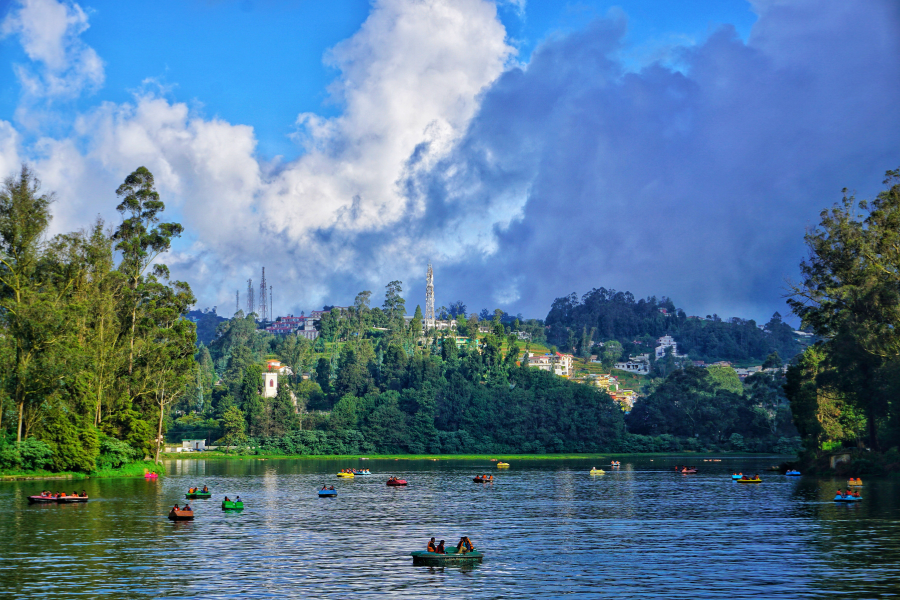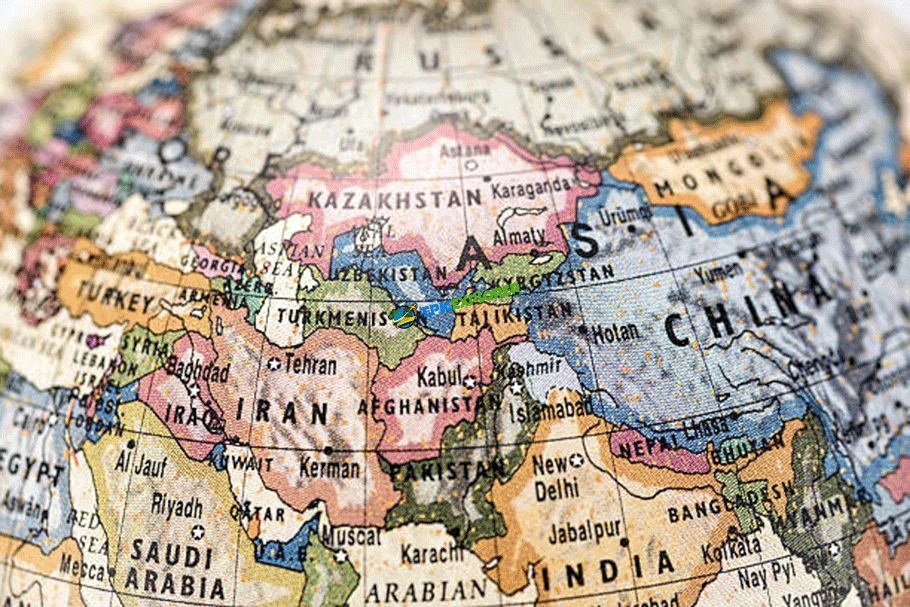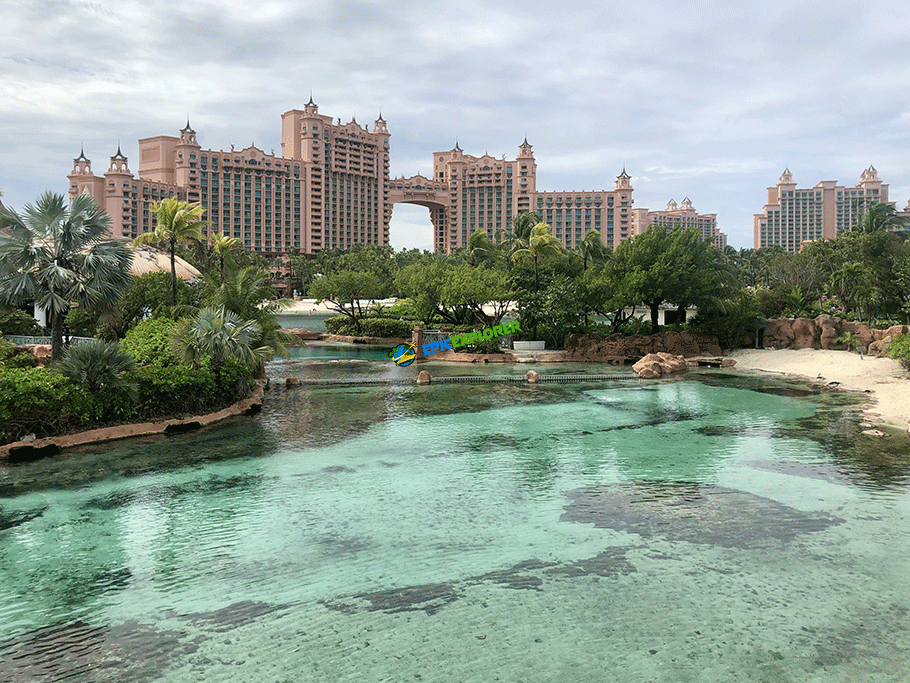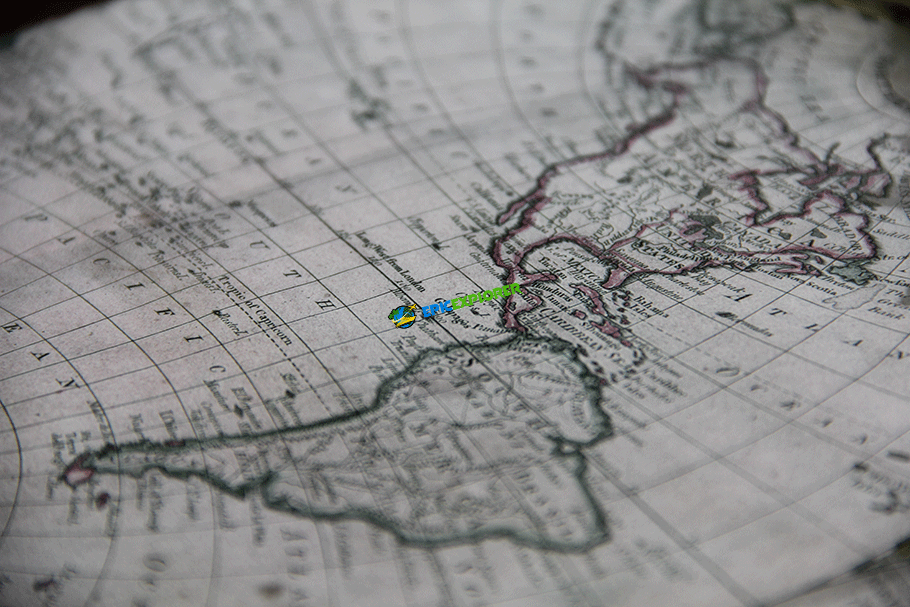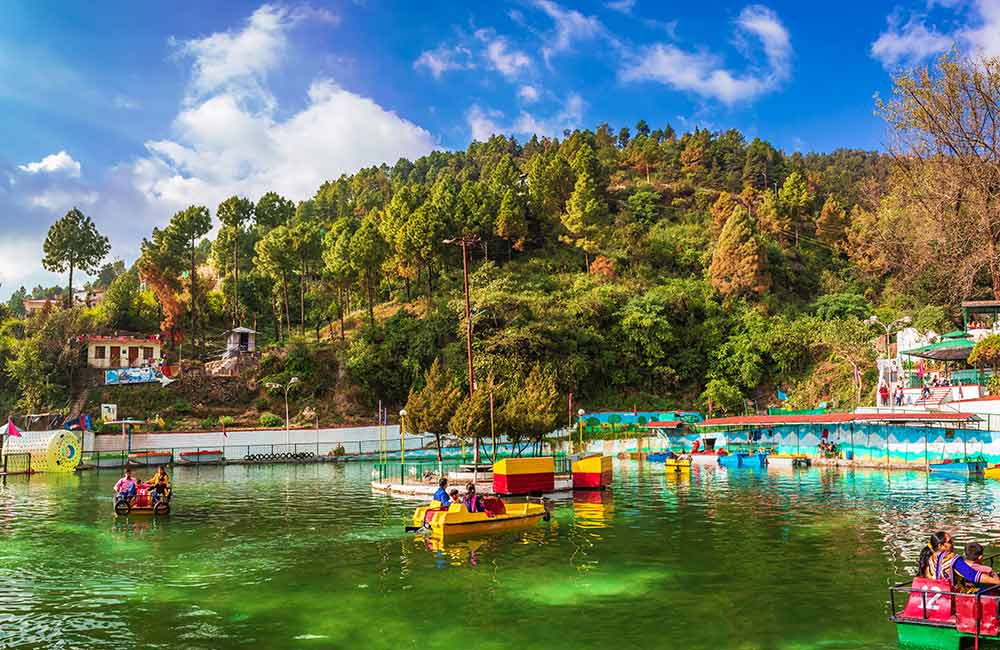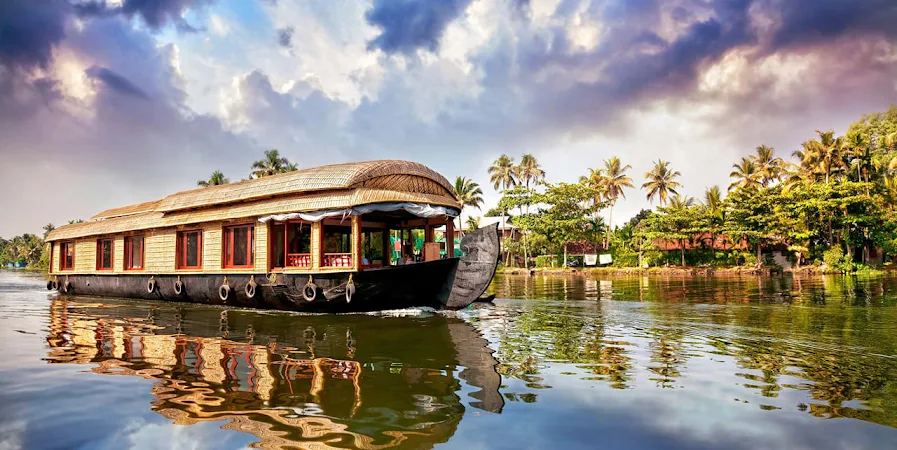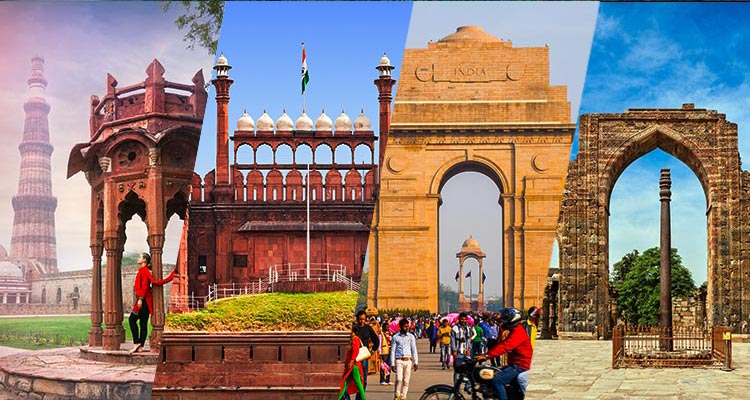Cuba: A Caribbean Gem of Resilience and Rhythms
Nestled in the heart of the Caribbean, Cuba is an island nation renowned for its vibrant culture, revolutionary spirit, and timeless charm. With a history dating back to the arrival of indigenous peoples, the Spanish colonization, and the subsequent struggles for independence, Cuba's past is woven into the fabric of its cities and landscapes.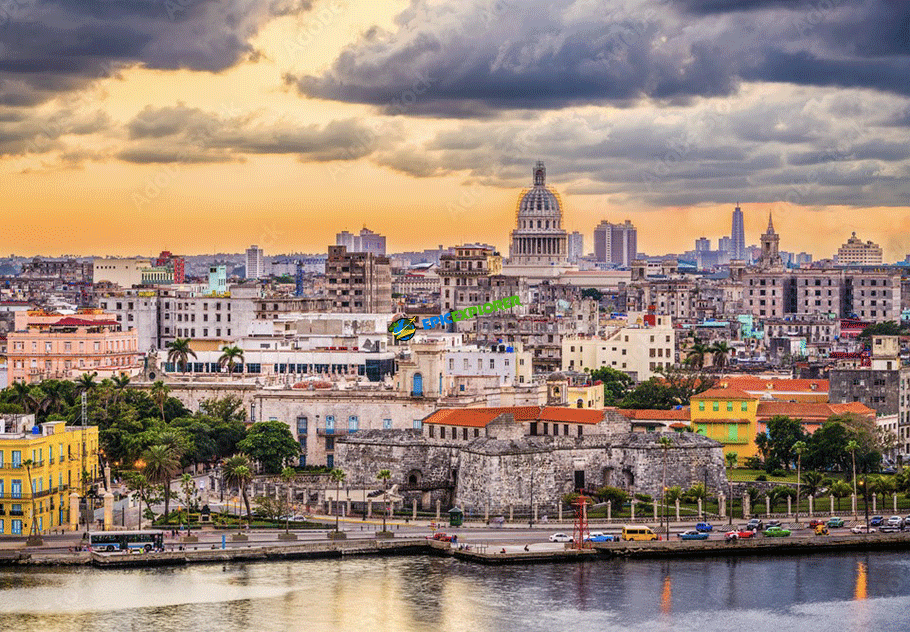
The beating heart of Cuba lies in Havana, its capital, where colonial architecture mingles with the rhythms of salsa music. The city's Malecón, a seaside promenade, captures the ebb and flow of Cuban life. Beyond Havana, Trinidad's cobblestone streets transport visitors to the 19th century, while Santiago de Cuba resonates with the echoes of the Cuban Revolution.
Cuba's natural beauty is as diverse as its history. From the tobacco fields of Pinar del Río to the lush Viñales Valley, the landscapes paint a picture of agricultural richness. Varadero's pristine beaches and the Sierra del Rosario Biosphere Reserve add further dimensions to Cuba's allure.As the birthplace of influential figures like Fidel Castro and Che Guevara, Cuba's revolutionary legacy is etched in monuments and museums. Yet, amid its historical significance, Cuba's warm hospitality, vibrant festivals, and Pura Vida spirit beckon travelers to immerse themselves in an island that has weathered storms and emerged with an enduring smile.
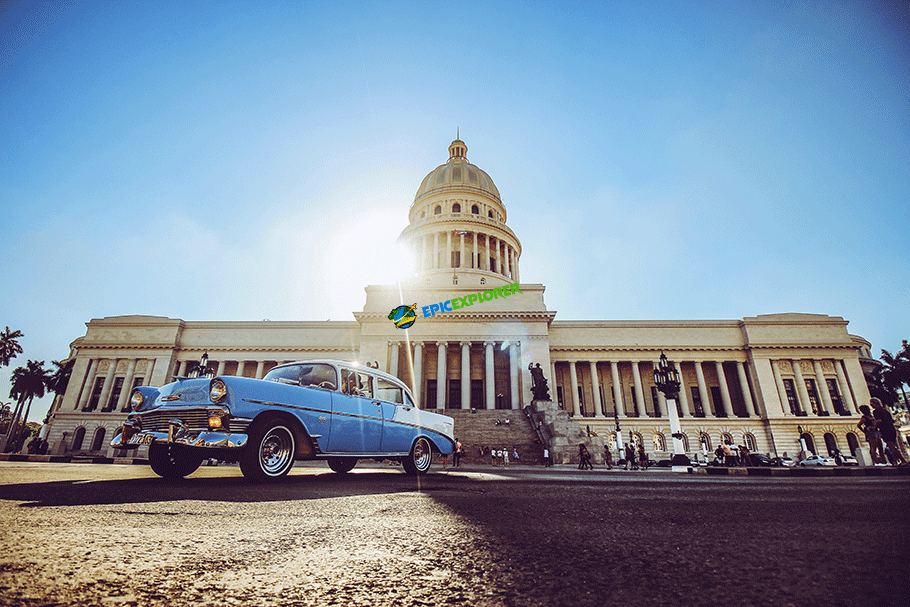
1. Havana: Timeless Elegance and Cultural Hub
History: Havana, the capital and heart of Cuba, boasts a history that unfolds like a vibrant tapestry. Founded in 1515, the city's architecture reflects a blend of Spanish colonial, neoclassical, and art deco influences. As a UNESCO World Heritage Site, Old Havana preserves historic squares like Plaza de la Catedral, narrating tales of pirates, colonial rule, and the Cuban Revolution. The Malecón, a seaside esplanade, mirrors Havana's endurance through the centuries.
Best Places to Visit: Explore the historic Castillo de la Real Fuerza, dance to Afro-Cuban rhythms at Callejón de Hamel, and savor local cuisine in Plaza Vieja.
Best Time to Visit: November to April offers pleasant weather, avoiding the hurricane season.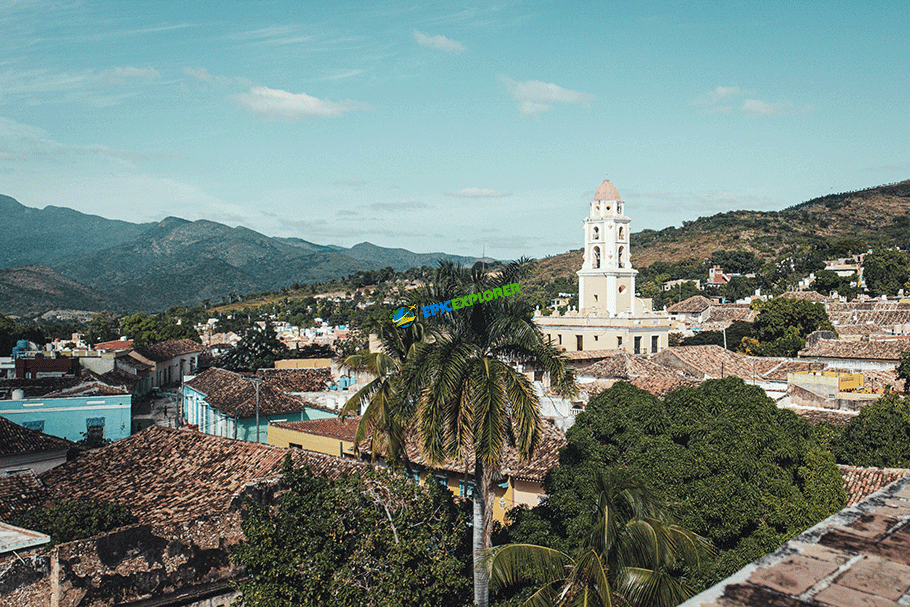
2. Trinidad: Colonial Splendor and Cobblestone Charm
History: Trinidad, founded in 1514, stands frozen in time with its well-preserved colonial architecture. A UNESCO World Heritage Site, the city flourished in the 19th century due to the sugar trade, leaving behind grand mansions like Palacio Cantero. Trinidad's Plaza Mayor, surrounded by pastel-hued buildings, echoes the era of Spanish prosperity.
Best Places to Visit: Step back in time at Palacio Cantero, dance at Casa de la Musica, and trek to the nearby Topes de Collantes National Park.
Best Time to Visit: Trinidad is enjoyable year-round, but dry months from November to April are ideal.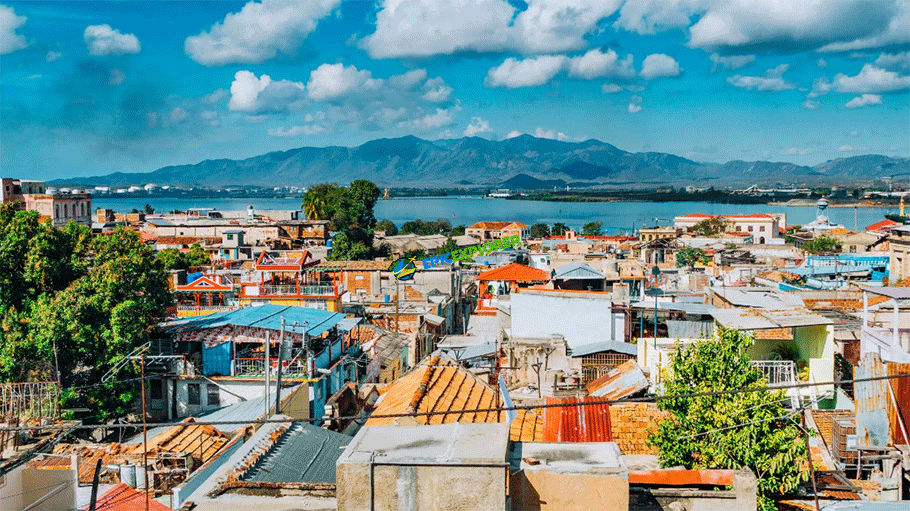
3. Santiago de Cuba: Cradle of the Revolution and Afro-Caribbean Soul
History: Santiago de Cuba, founded in 1515, resonates with revolutionary echoes. It played a pivotal role in the Cuban Revolution, and monuments like Moncada Barracks and Santa Ifigenia Cemetery honor heroes like Fidel Castro. The city's Afro-Caribbean heritage shines through in vibrant Carnaval celebrations.
Best Places to Visit: Pay respects at Santa Ifigenia Cemetery, visit Castillo del Morro, and experience the lively Carnaval in July.
Best Time to Visit: December to April offers pleasant weather for exploring Santiago de Cuba.
4. Cienfuegos: Pearl of the South and French Influence
History: Cienfuegos, founded in 1819, reflects French influence in its neoclassical architecture. As a UNESCO World Heritage Site, the city showcases the vision of its French settlers, evident in landmarks like Palacio de Valle. Cienfuegos flourished as a trading hub, and its Malecón bears witness to its maritime legacy.
Best Places to Visit: Admire Palacio de Valle's architecture, stroll along the Malecón, and explore Jagua Castle.
Best Time to Visit: Cienfuegos is enjoyable year-round, with December to April offering favorable weather.
5. Camagüey: Labyrinthine Streets and Creative Spirit
History: Camagüey, founded in 1514, enchants visitors with its maze-like streets designed to confuse pirates. A UNESCO World Heritage Site, the city boasts a wealth of theaters, galleries, and plazas. Once a thriving commercial center, Camagüey's history is etched in its churches and squares.
Best Places to Visit: Wander through Plaza del Carmen, explore Camagüey's theaters, and visit the historic Catedral de Nuestra Señora de la Candelaria.
Best Time to Visit: Camagüey welcomes visitors year-round, but December to April offers pleasant weather.
6. Holguín: City of Parks and Natural Beauty
History: Holguín, founded in 1545, is renowned for its lush greenery and historical landmarks. Named the "City of Parks," Holguín's central plaza, Calixto García Park, is surrounded by architectural gems like San José Church. The city's history intertwines with the struggles for independence.
Best Places to Visit: Relax in Calixto García Park, visit San Isidoro Cathedral, and explore the La Loma de la Cruz viewpoint.
Best Time to Visit: Holguín is pleasant year-round, with December to April offering clear skies.
7. Santa Clara: Revolutionary Spirit and Ernesto Che Guevara Legacy
History: Santa Clara, founded in 1689, is synonymous with the Cuban Revolution. The city witnessed the decisive Battle of Santa Clara led by Che Guevara, commemorated at the Che Guevara Mausoleum. Santa Clara's history resonates with the revolutionary spirit that transformed Cuba.
Best Places to Visit: Pay respects at Che Guevara Mausoleum, explore the Tren Blindado Monument, and visit the city's vibrant Vidal Park.
Best Time to Visit: Santa Clara is enjoyable year-round, but the dry season from November to April is ideal.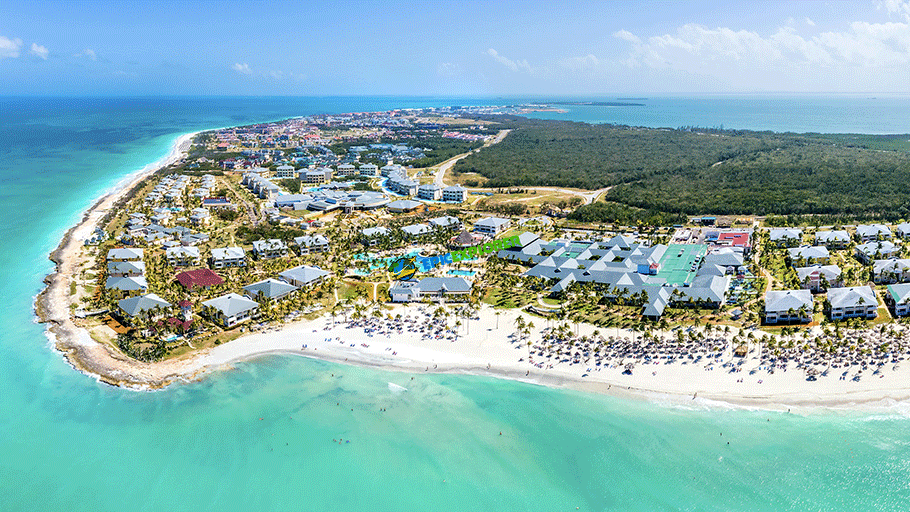
8. Varadero: Sun-Kissed Beach Paradise
History: Varadero, initially a playground for the elite in the early 20th century, evolved into a sun-soaked retreat. While lacking the historical depth of other cities, Varadero's transformation into a tourist haven is a testament to its appeal.
Best Places to Visit: Relax on Varadero Beach, visit the Varahicacos Ecological Reserve, and enjoy water sports along the coast.
Best Time to Visit: Varadero is a year-round beach destination, with December to April offering pleasant weather.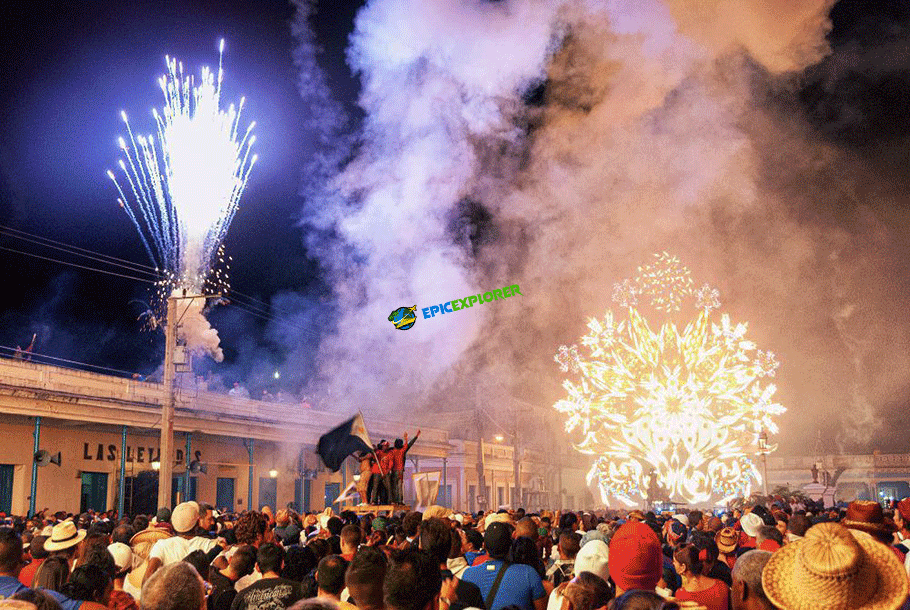
9. Remedios: Colonial Charm and Festive Traditions
History: Remedios, founded in 1513, exudes colonial charm with its well-preserved architecture. The city's Iglesia Mayor San Juan Bautista, dating back to 1692, stands as one of the oldest churches in Cuba. Remedios is famous for its lively Parrandas, a festive tradition since the 19th century.
Best Places to Visit: Admire Iglesia Mayor San Juan Bautista, stroll through Plaza Martí, and experience the vibrant Parrandas festival in December.
Best Time to Visit: Remedios comes alive during the Parrandas festival in December, offering a unique cultural experience.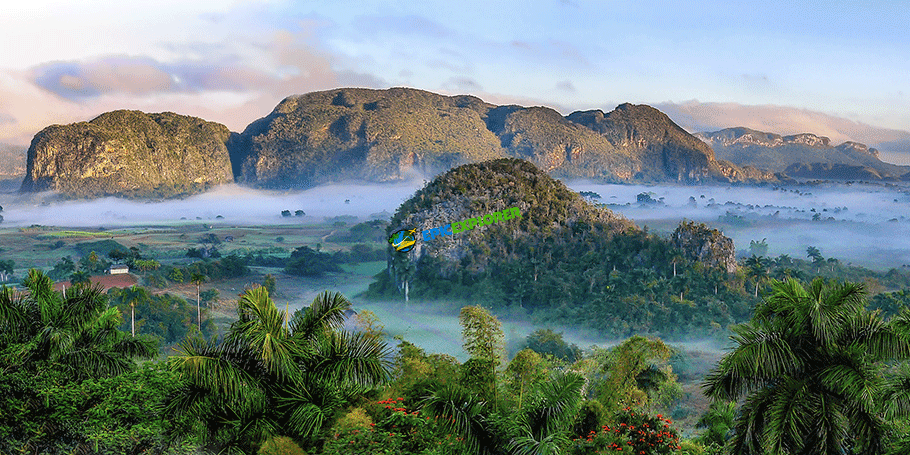
10. Pinar del Río: Tobacco Capital and Natural Splendor
History: Pinar del Río, founded in 1774, is Cuba's tobacco heartland. The city's history intertwines with the cultivation of the finest tobacco leaves. Surrounded by lush landscapes, Pinar del Río is a gateway to the scenic Viñales Valley.
Best Places to Visit: Explore Viñales Valley, visit the Guayabita del Pinar Distillery, and hike in the Sierra del Rosario Biosphere Reserve.
Best Time to Visit: Pinar del Río welcomes visitors year-round, with December to April offering comfortable weather.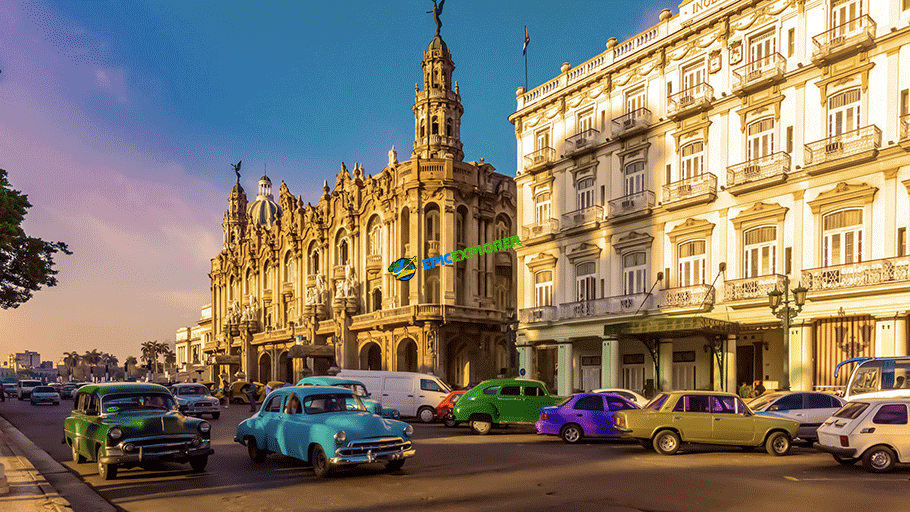
Cuba, with its rich history, diverse landscapes, and vibrant culture, invites travelers to explore its cities and soak in the distinct flavors of each destination. From the revolutionary spirit of Santa Clara to the colonial elegance of Trinidad, Cuba promises an immersive journey through time and tradition.

